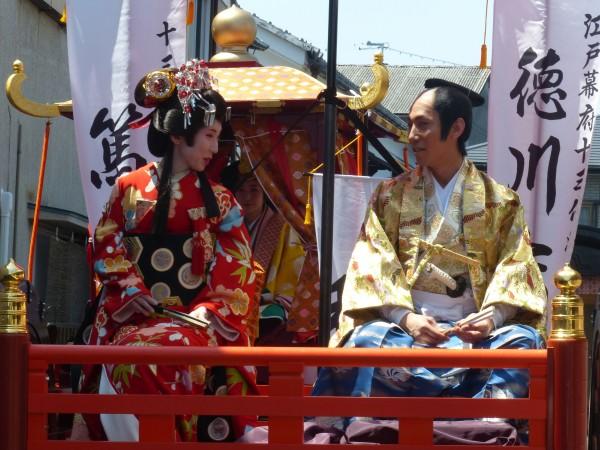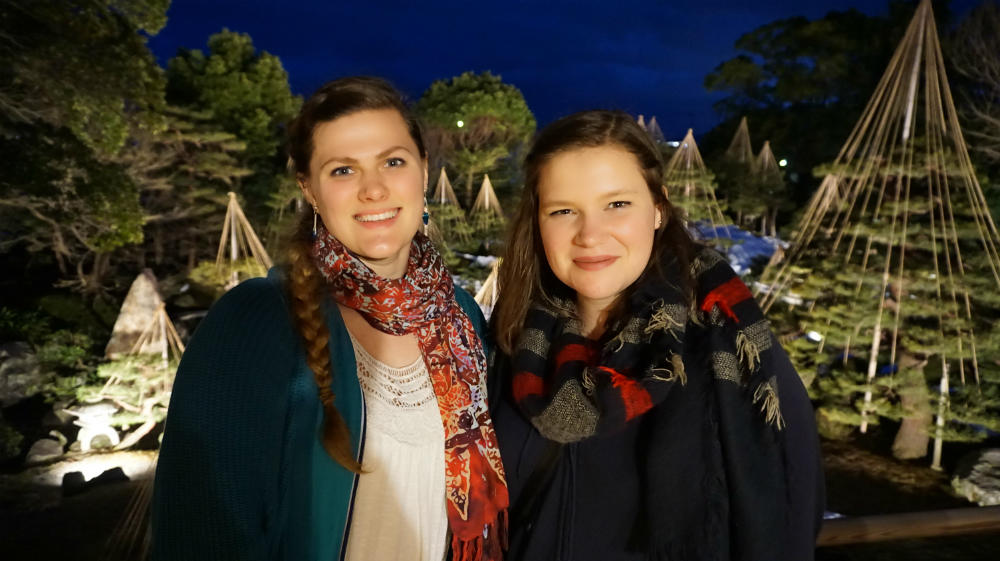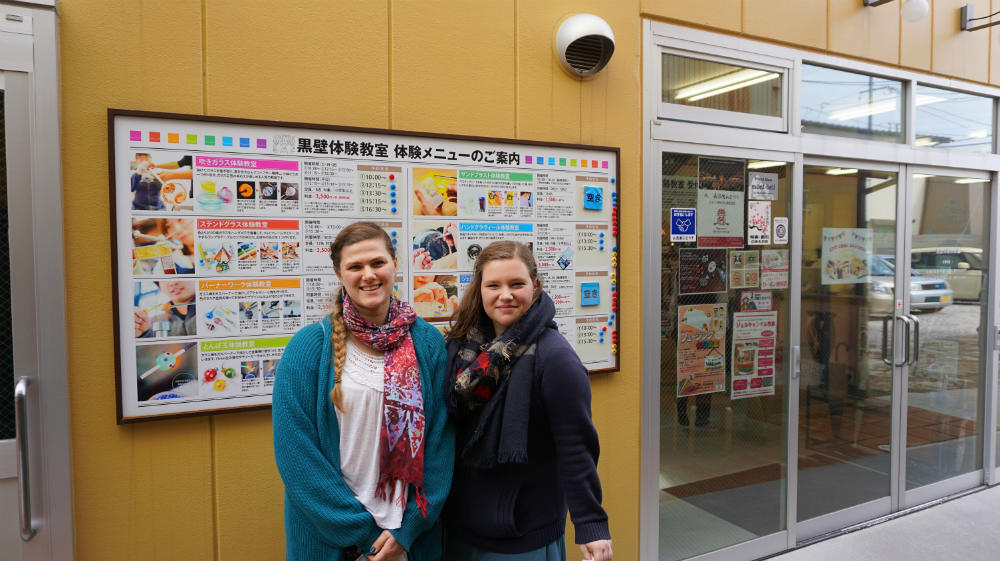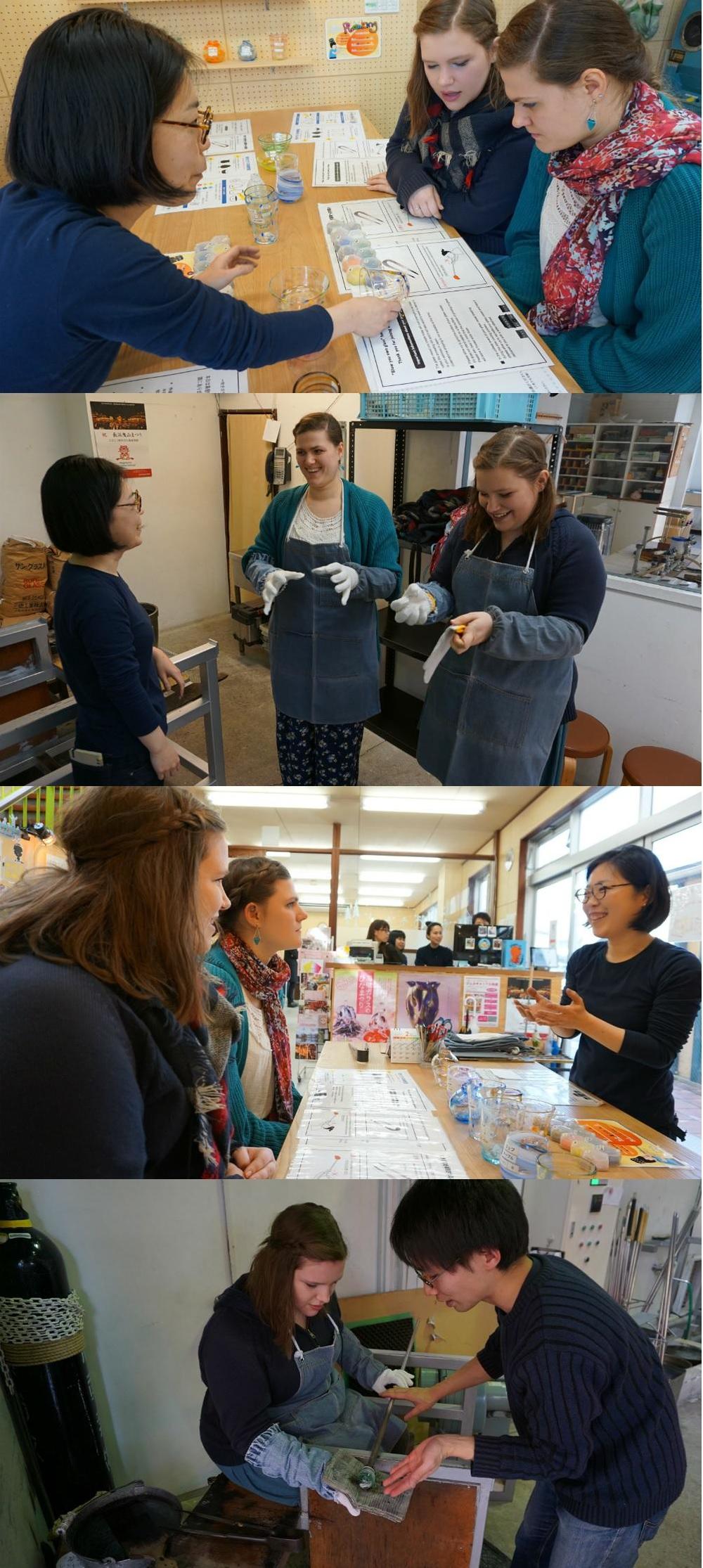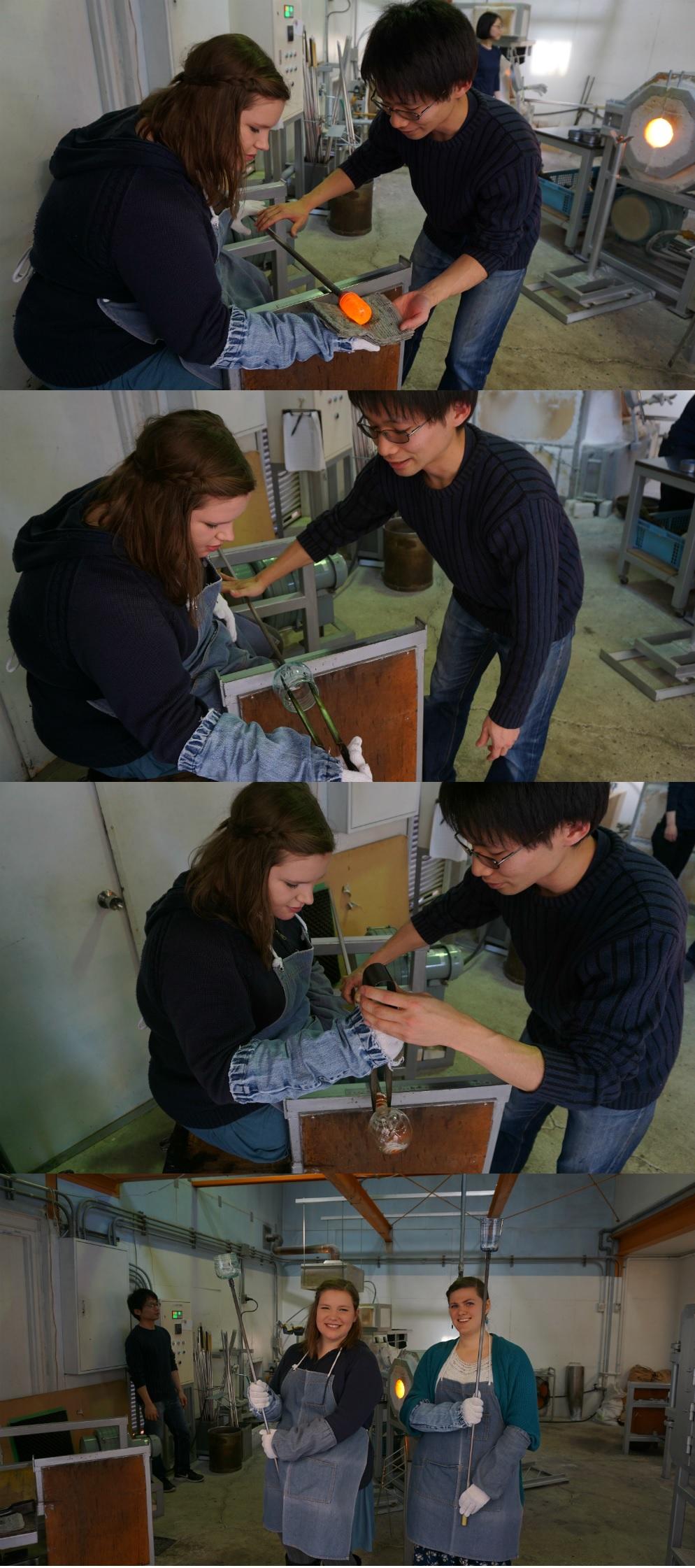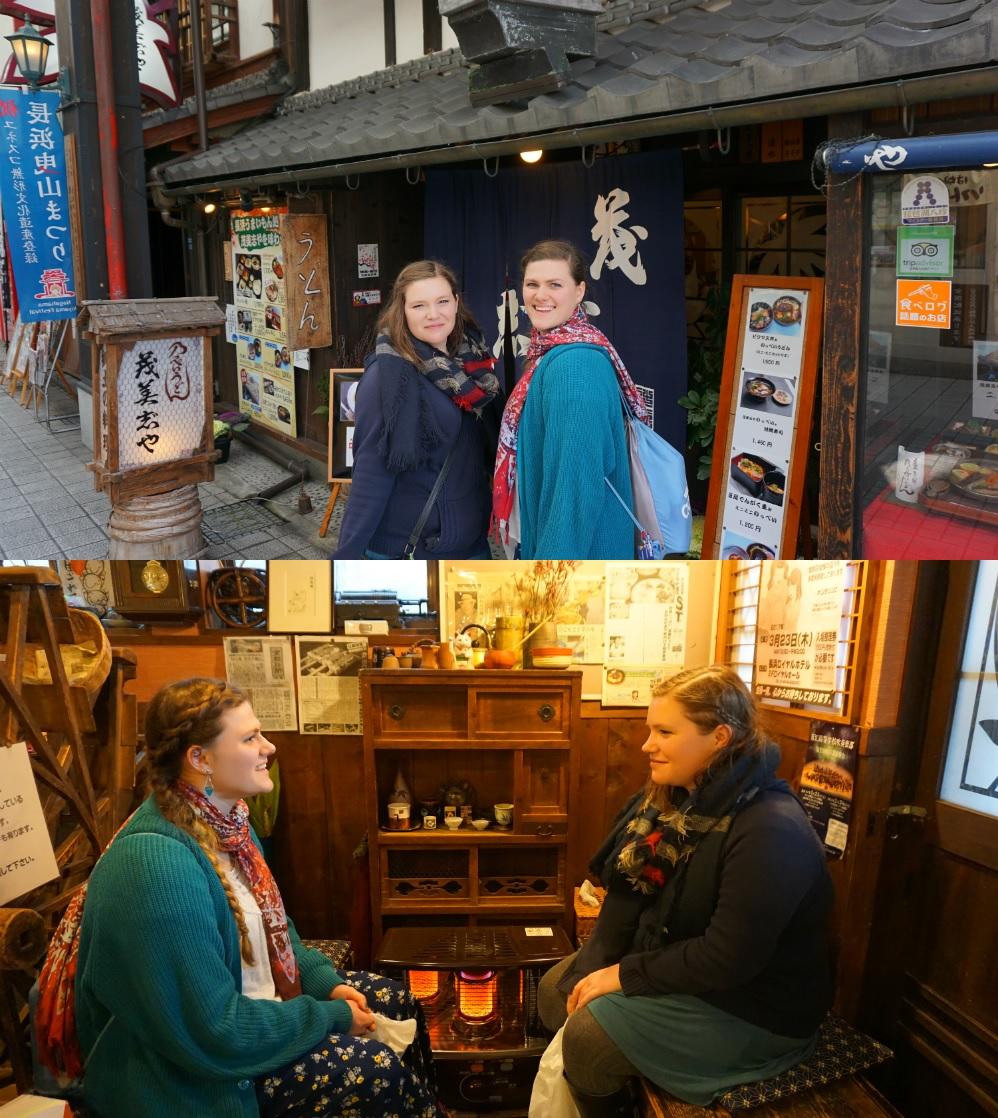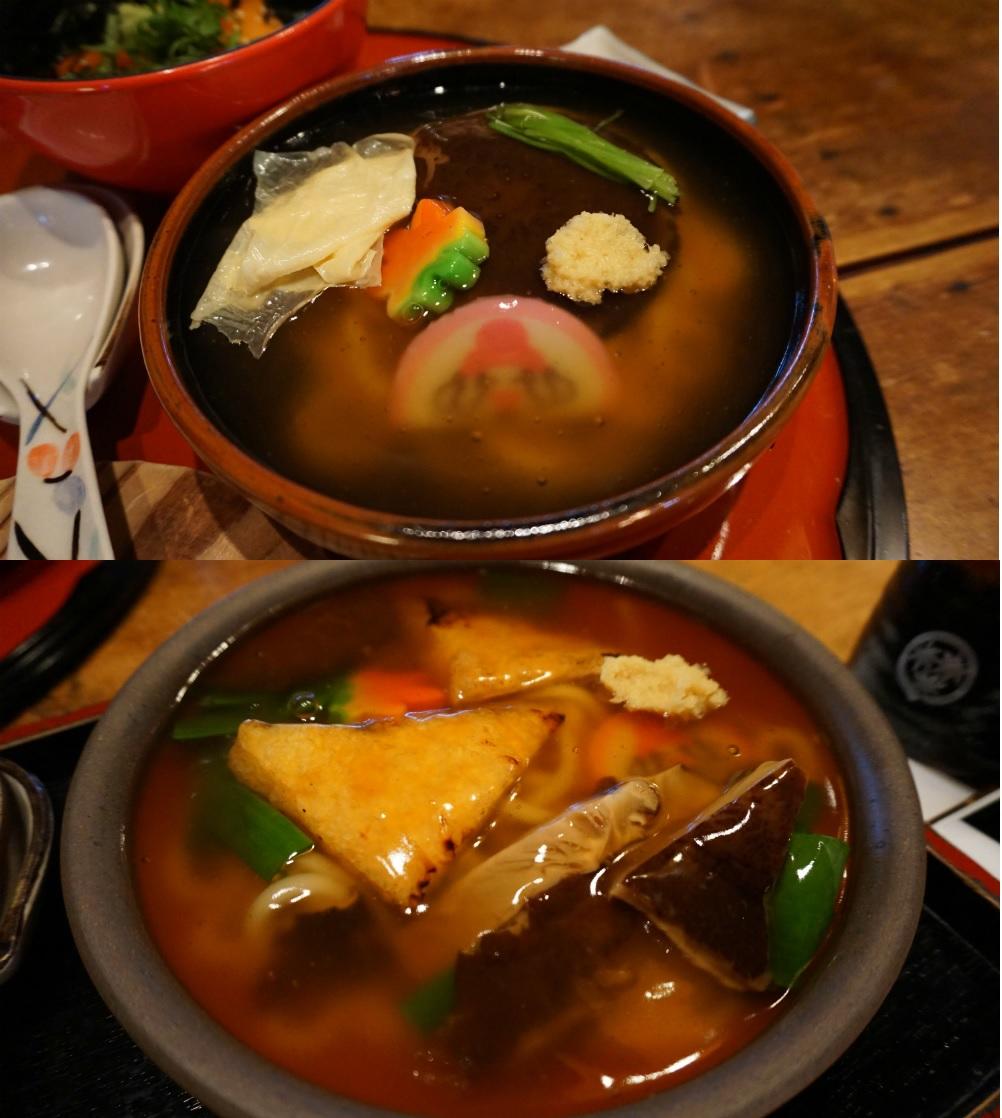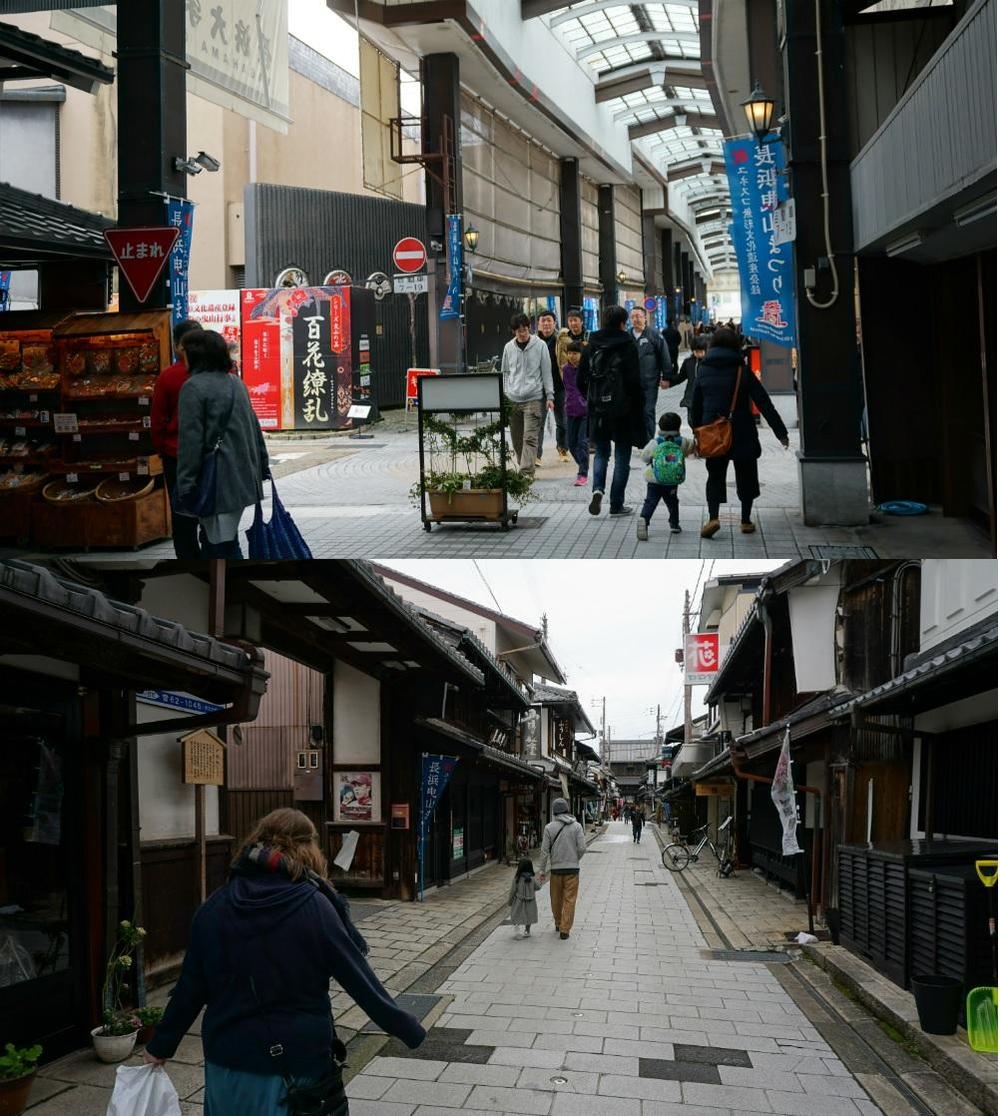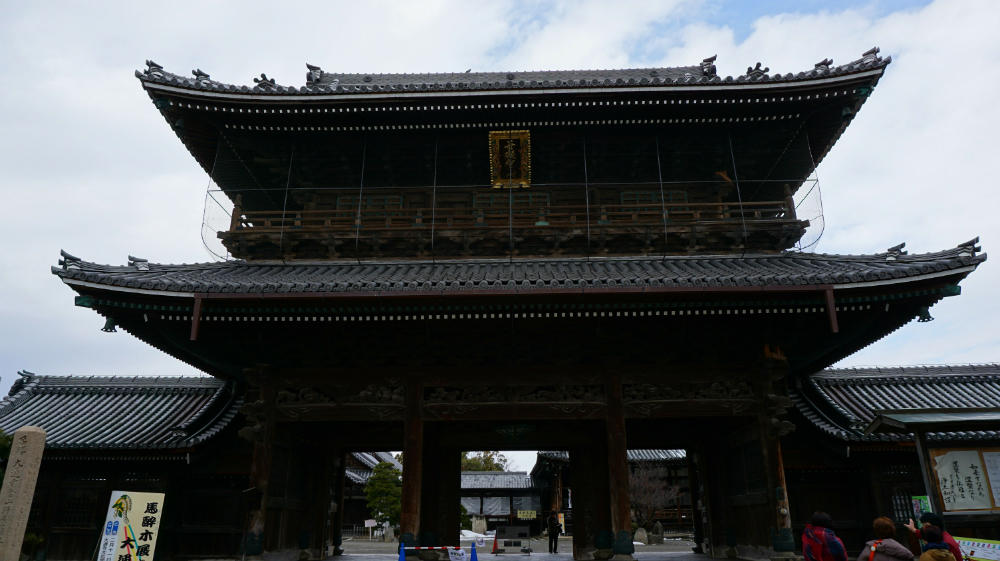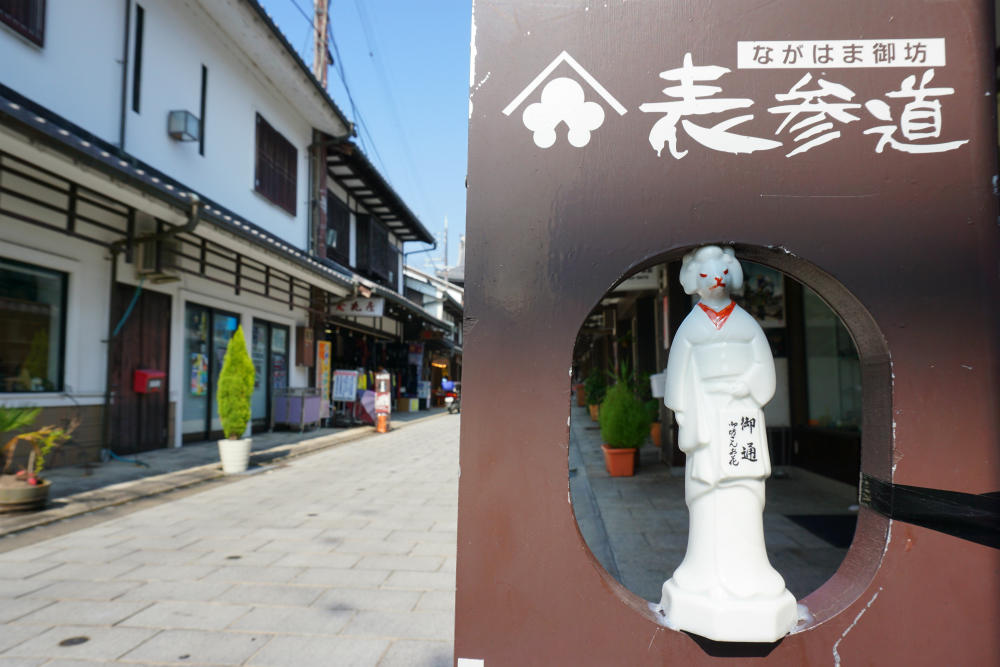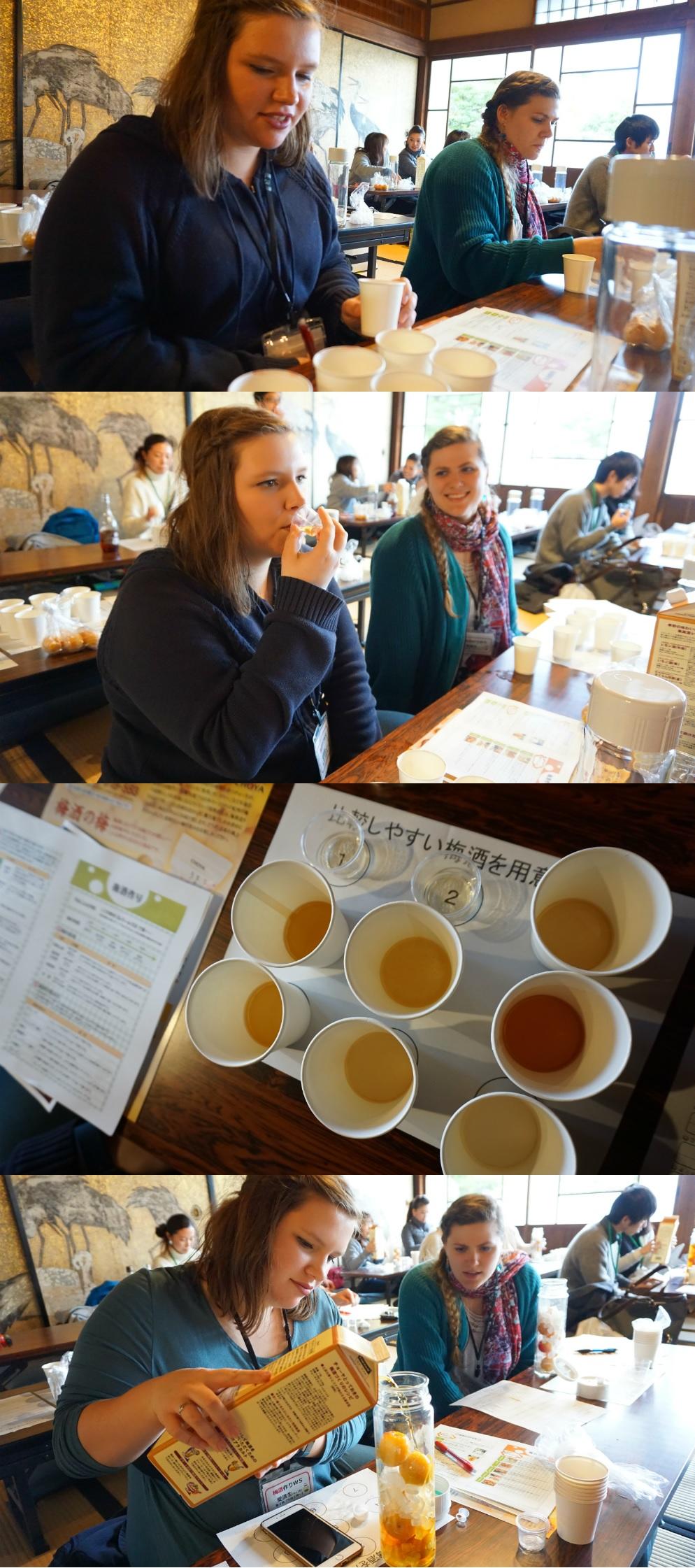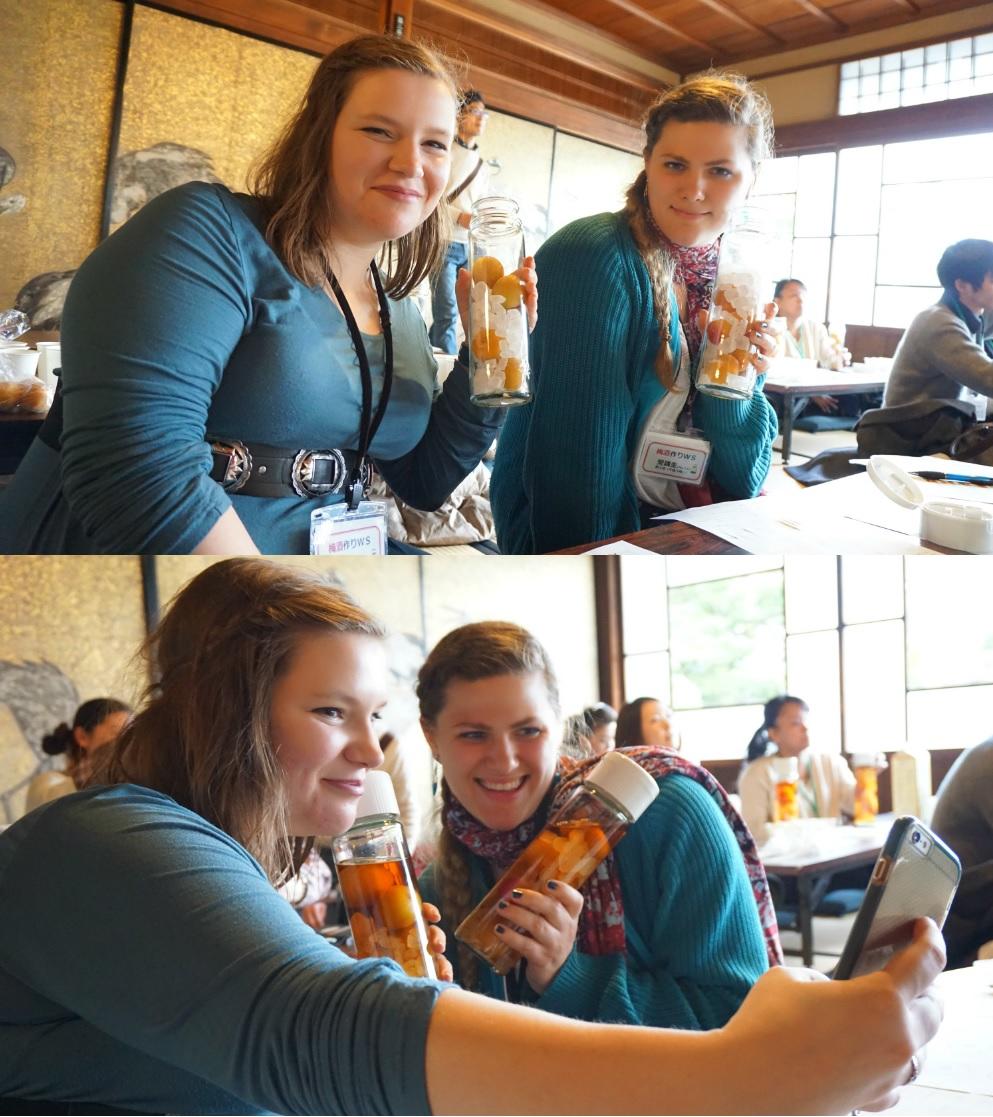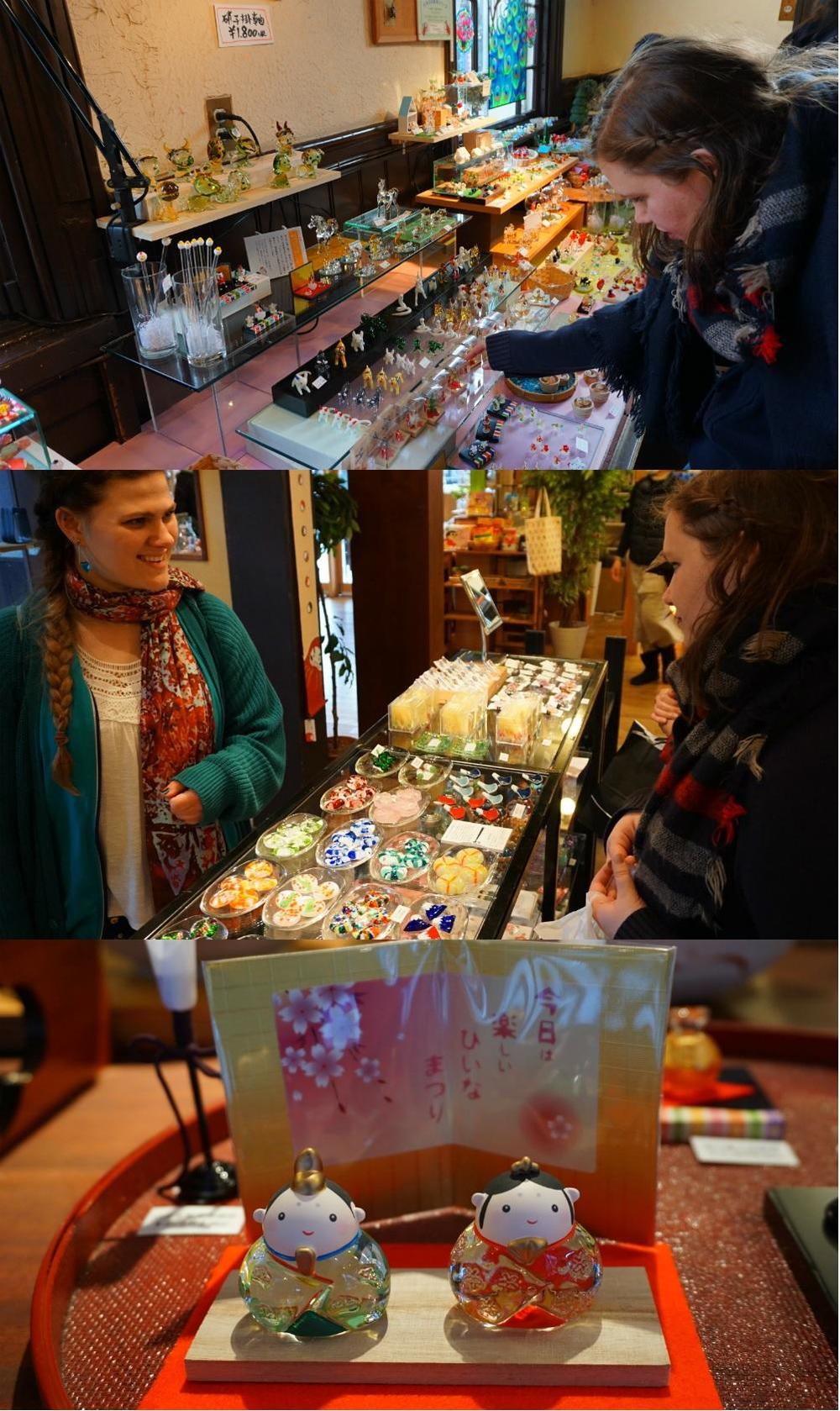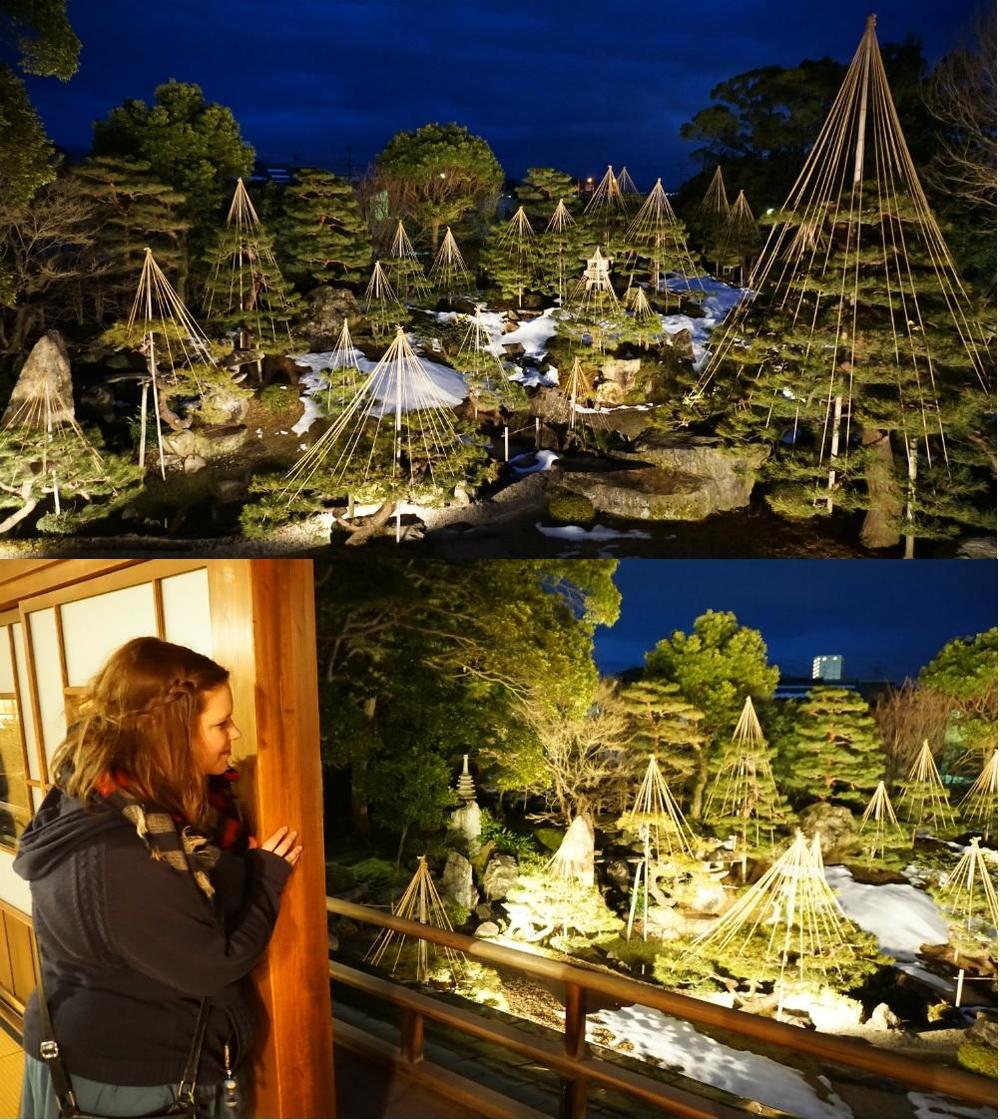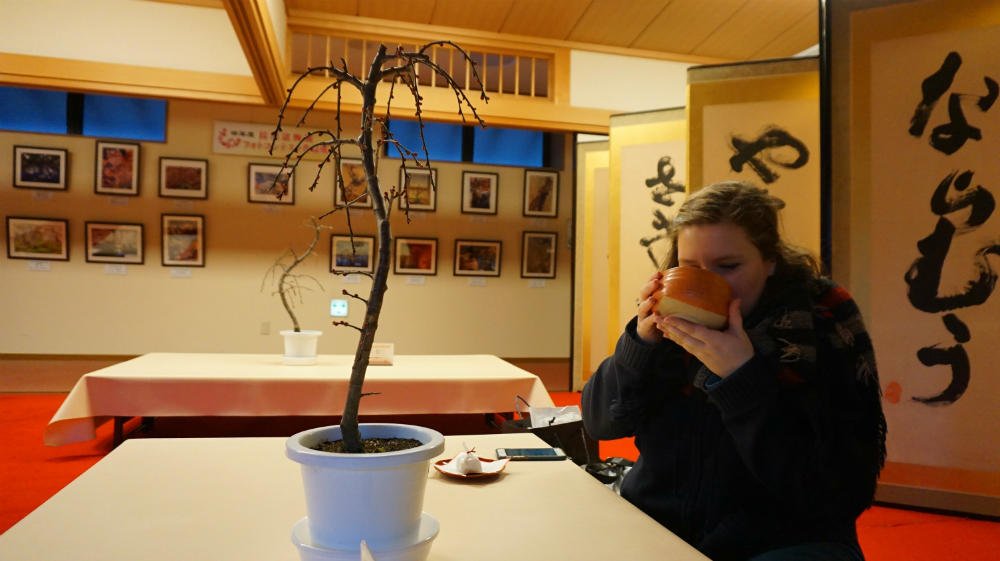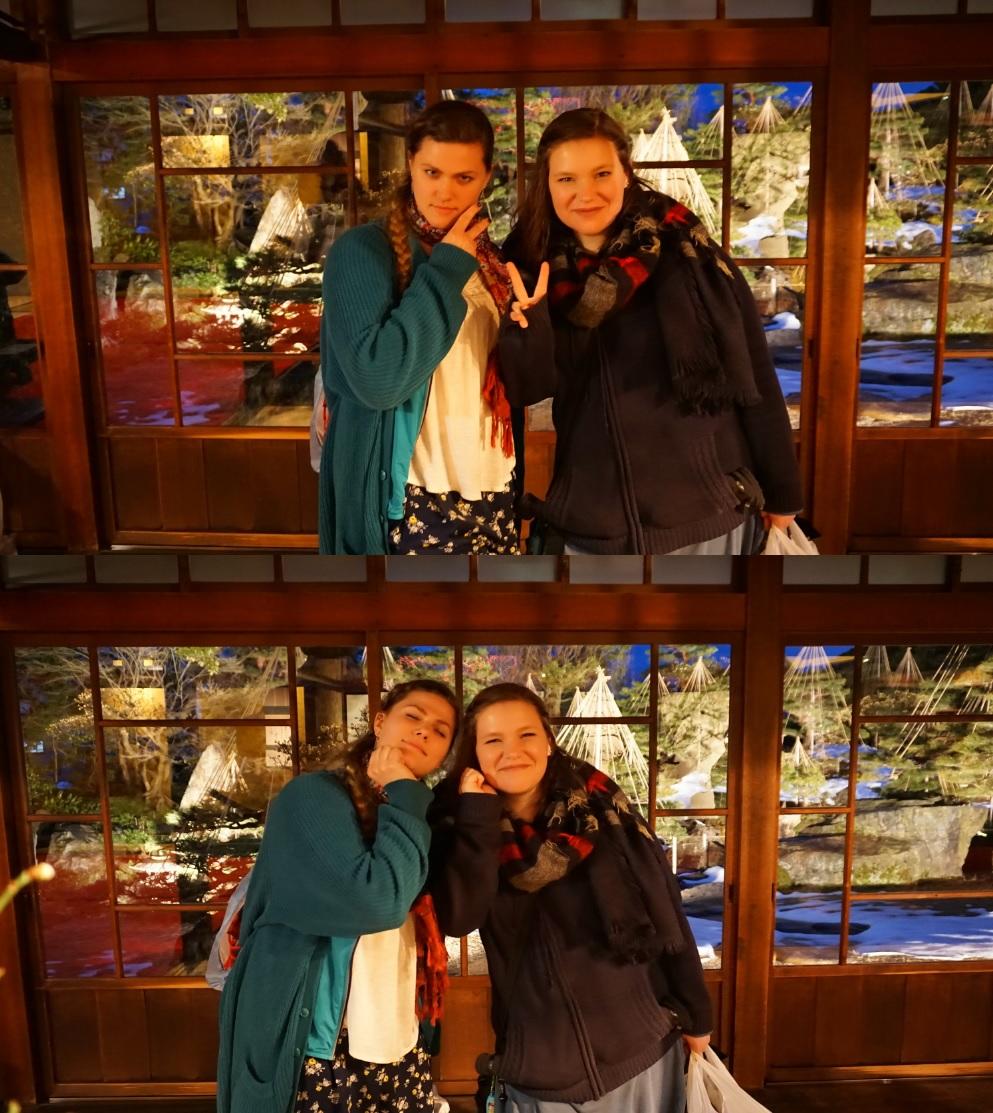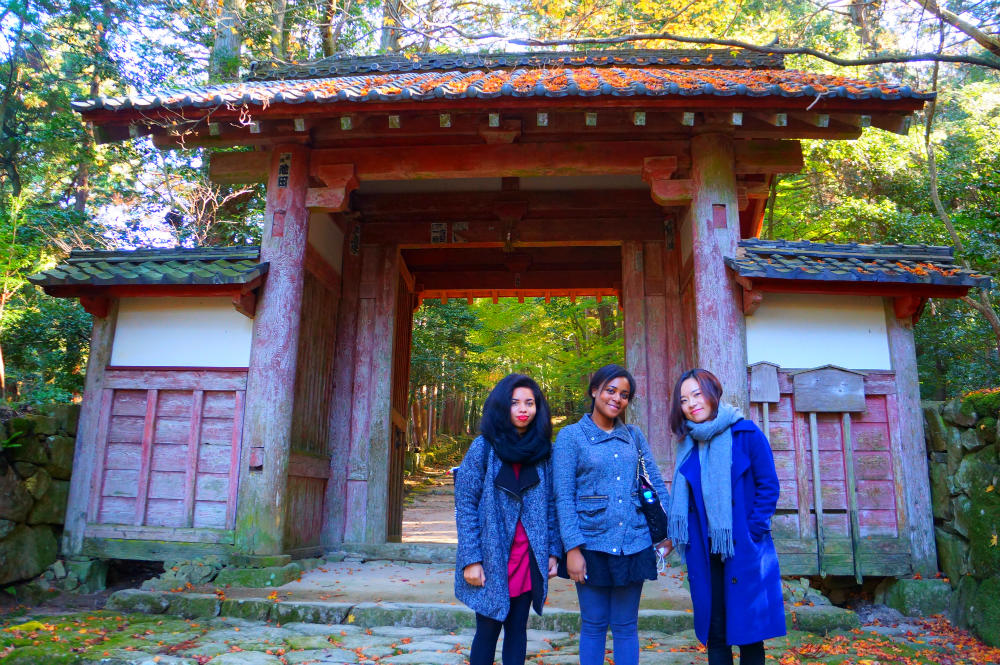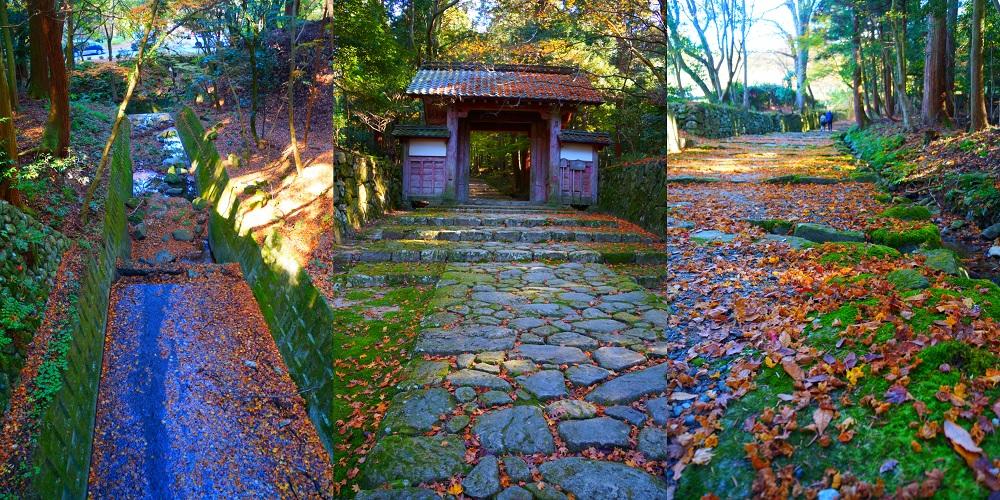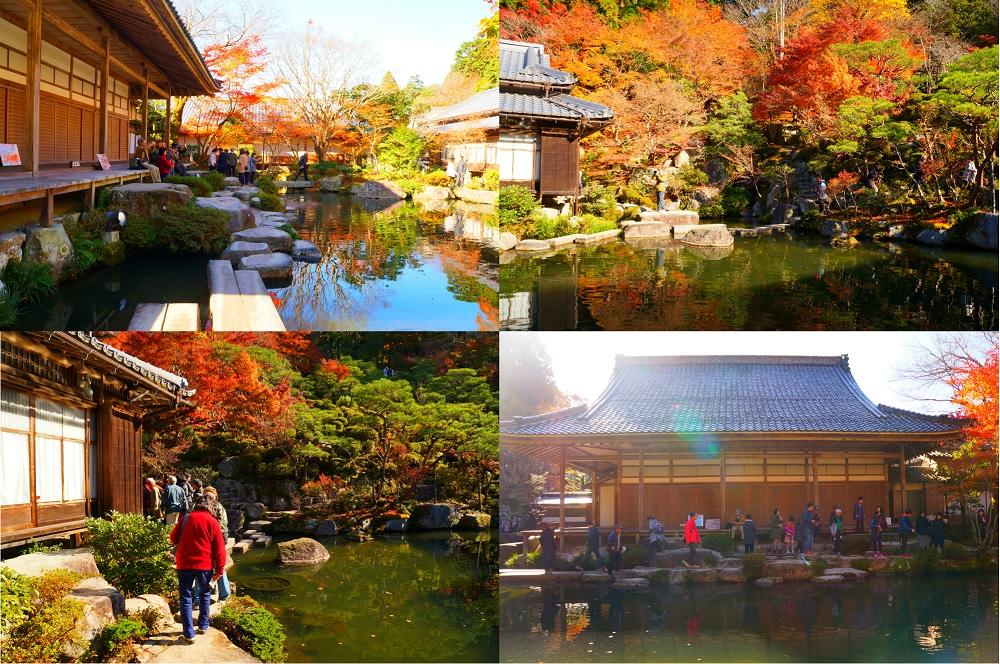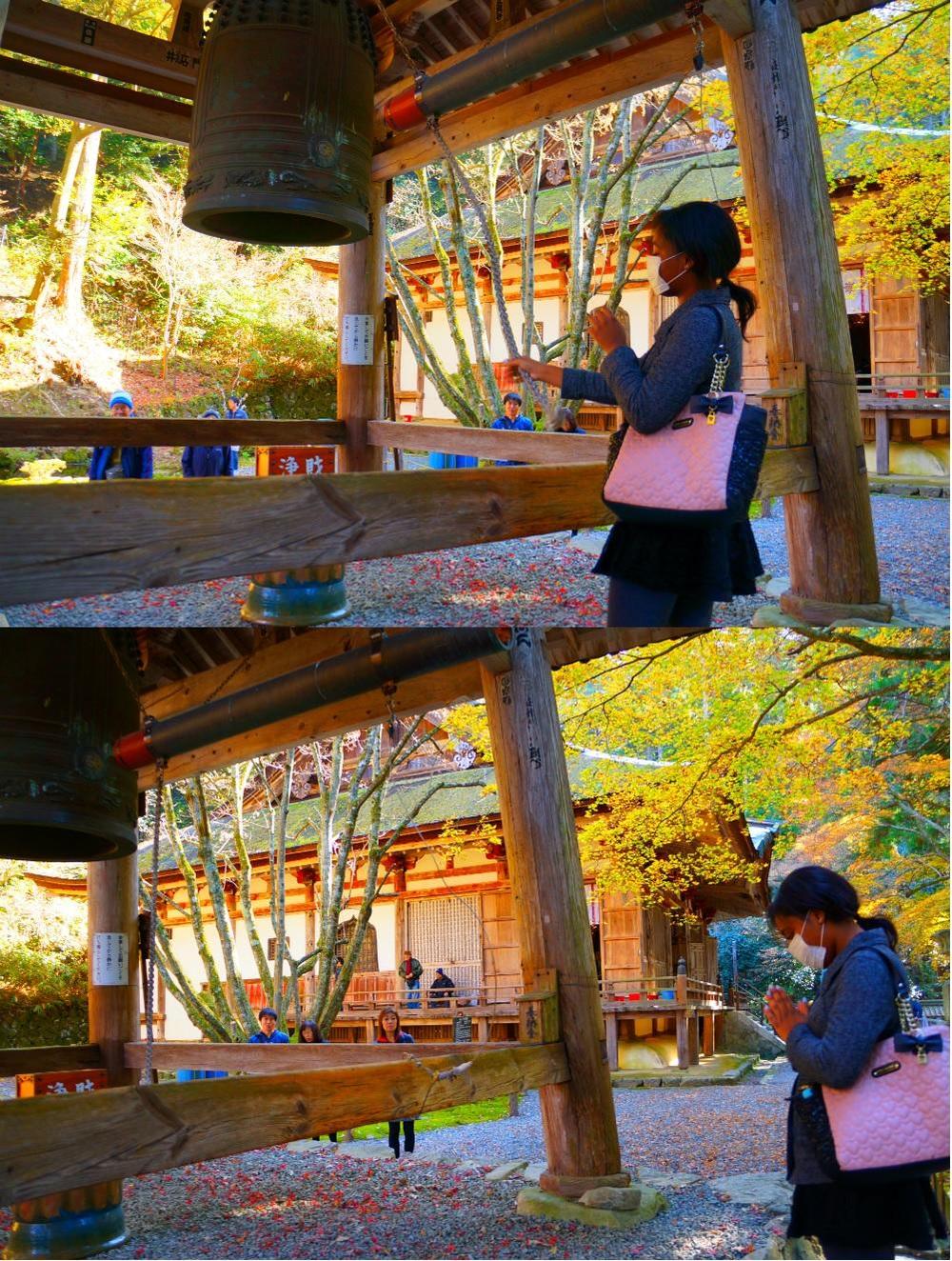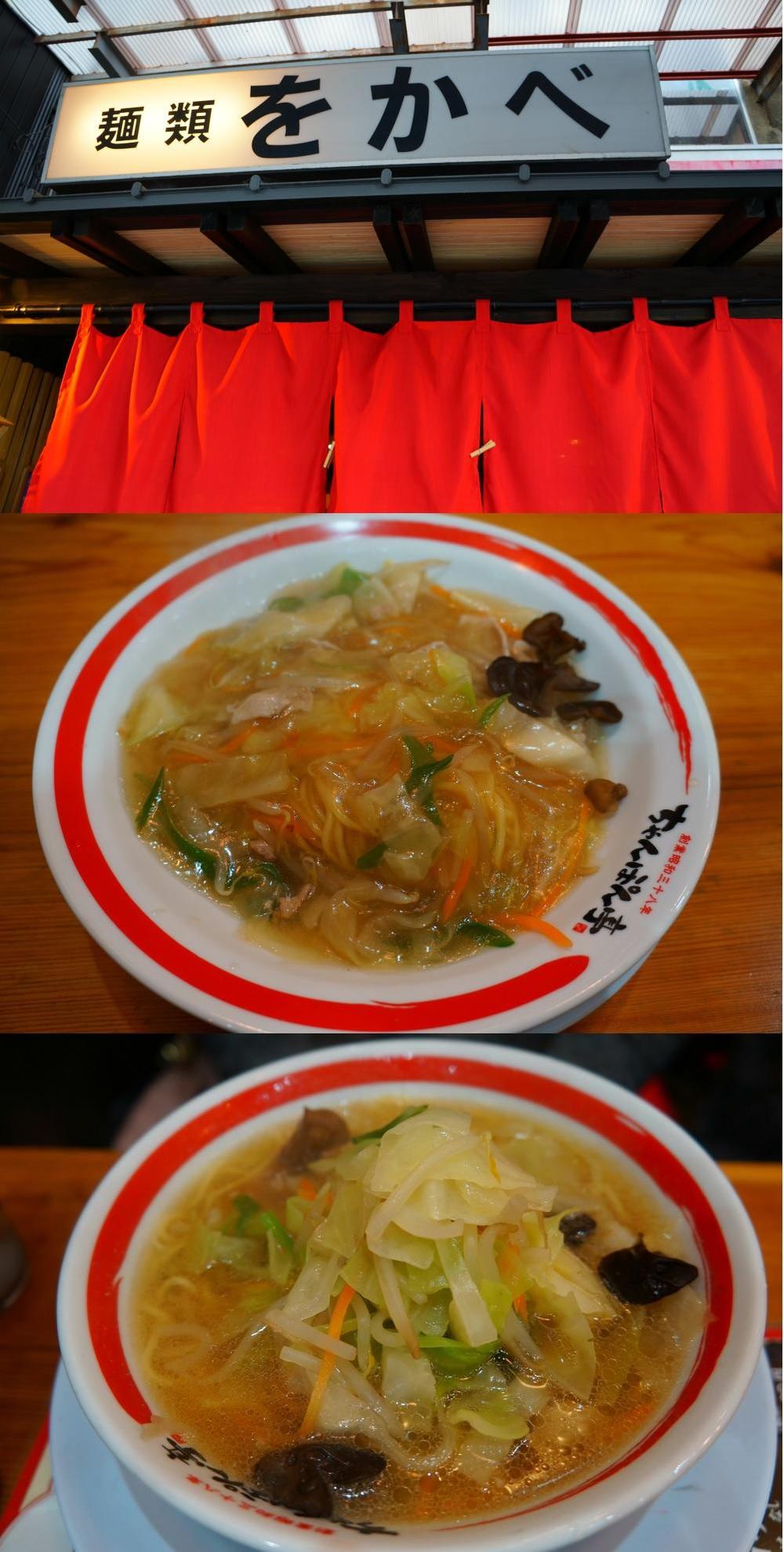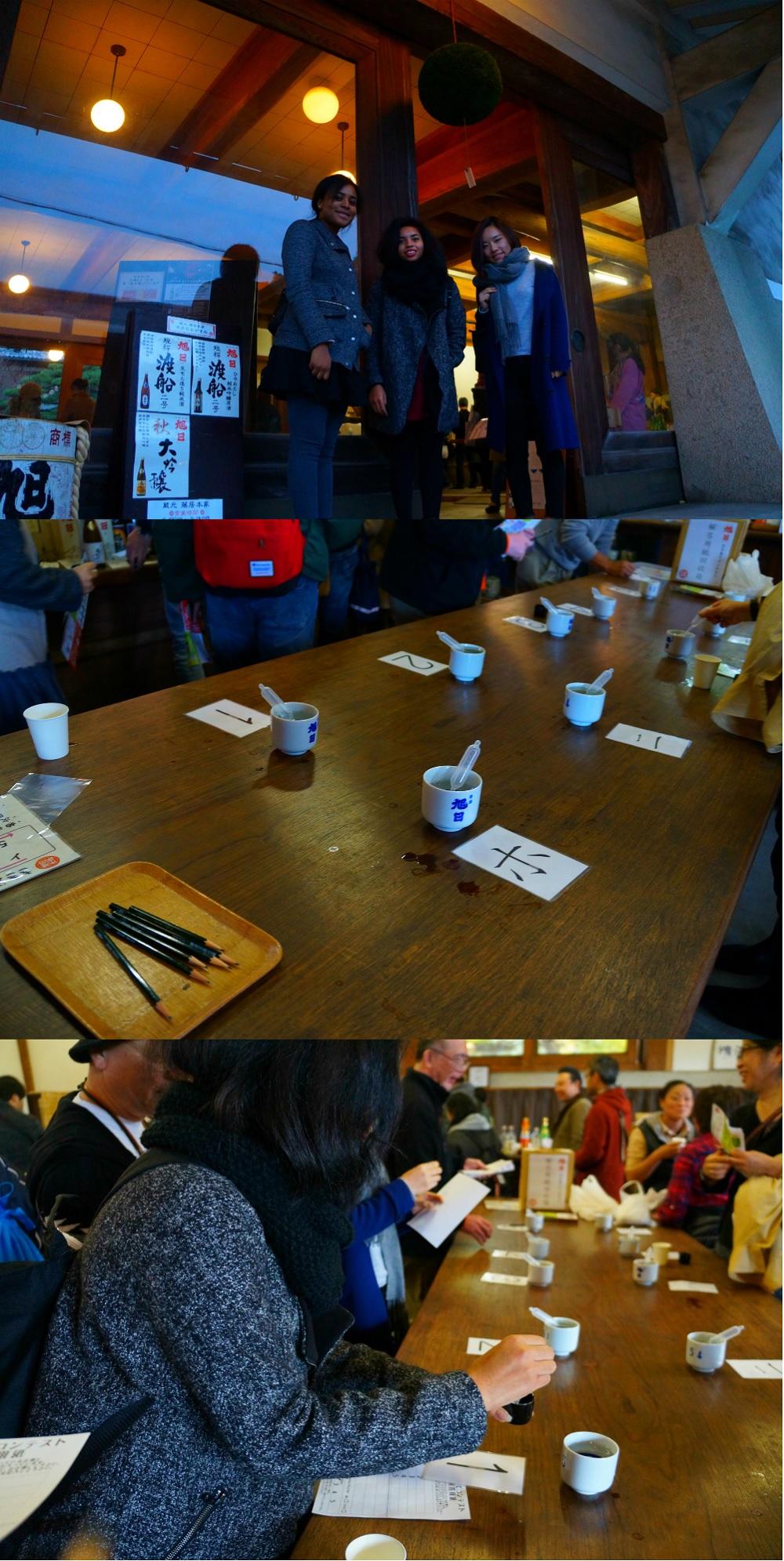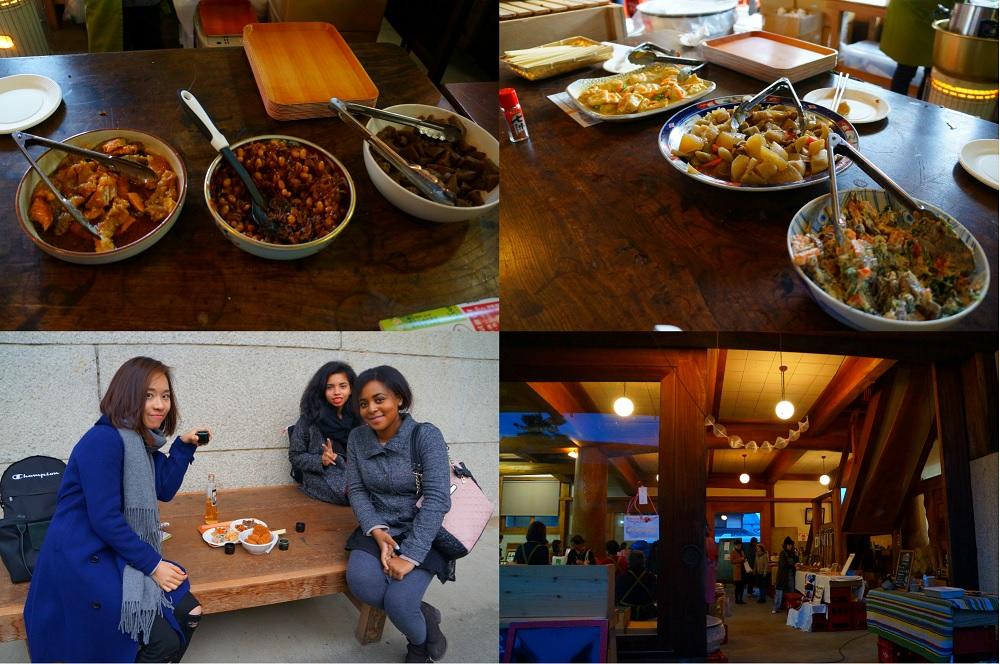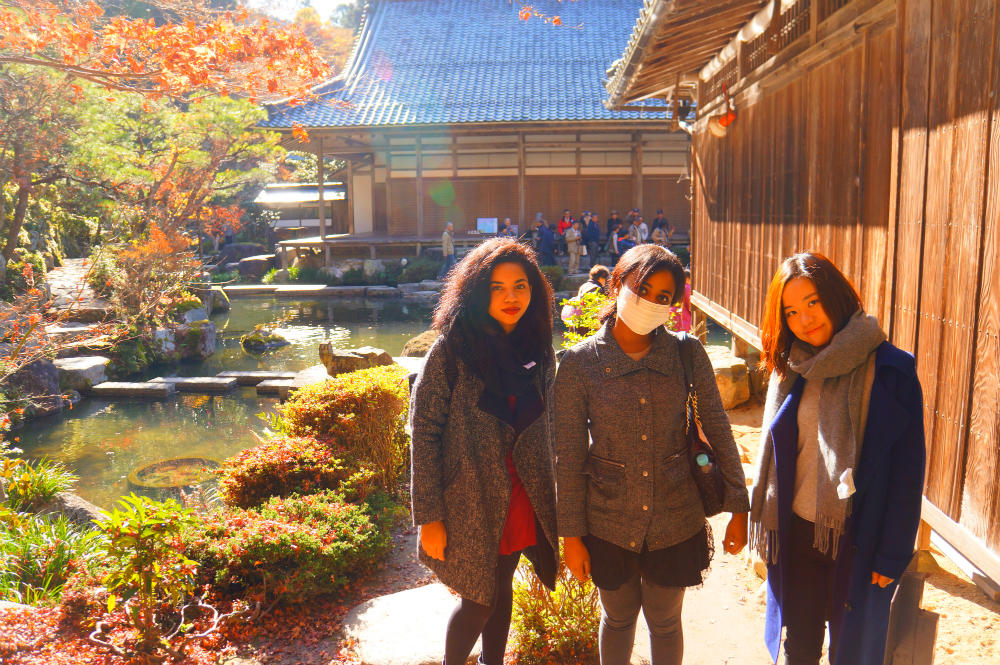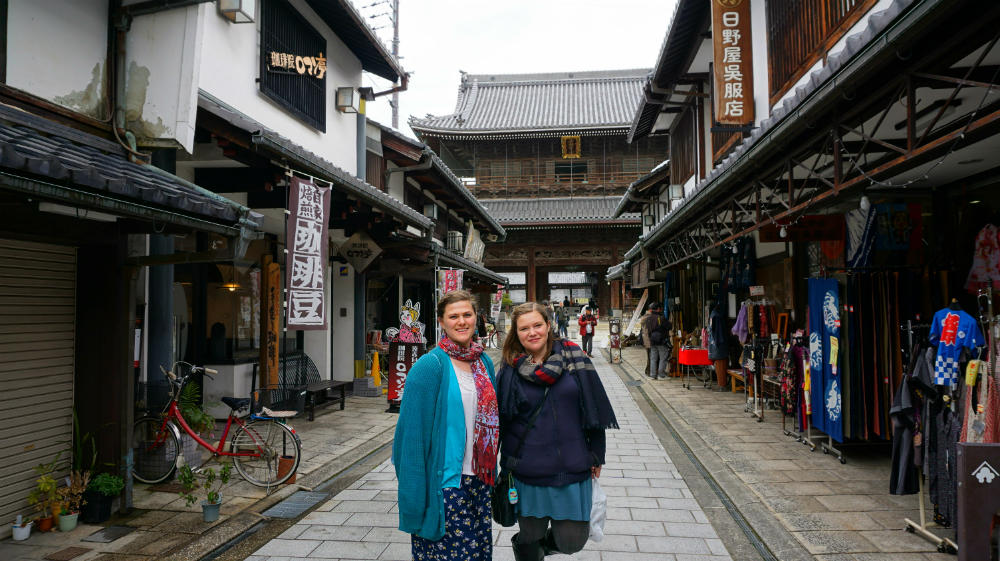
This is a little overdue, but here is an overview of my super fun Saturday in Nagahama!
Me and Kate had the chance to go to Nagahama, a bit North of Hikone and try out some of the activities and specialties of the region.
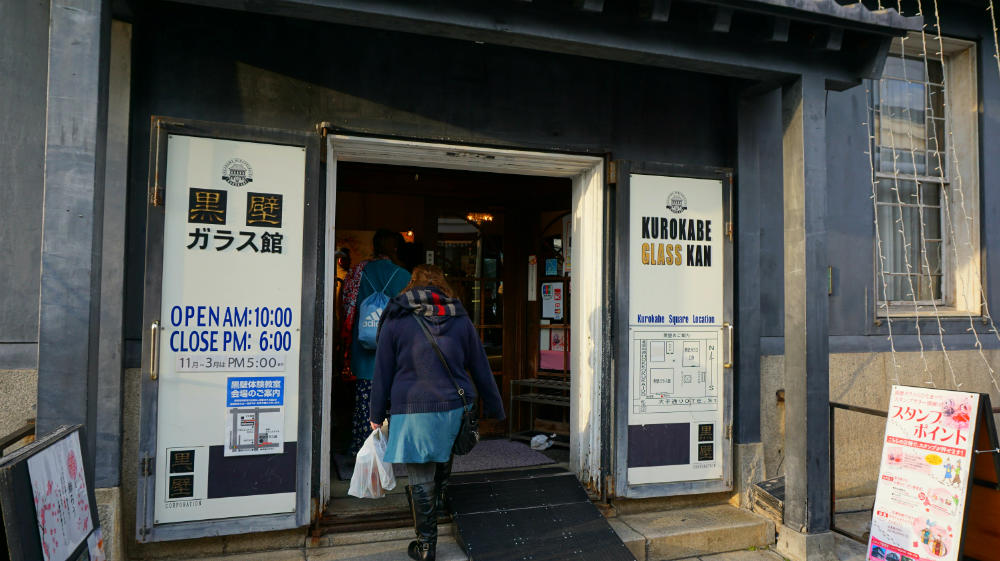
So, the first place we went to in Nagahama was Kurokabe Glass House.
While we were there, Kate and I had the chance to make our own glass cups.

While the glass artists did most of the work, we did get the chance to shape the hot glass a little bit. It was difficult to do, the glass was molten hot!
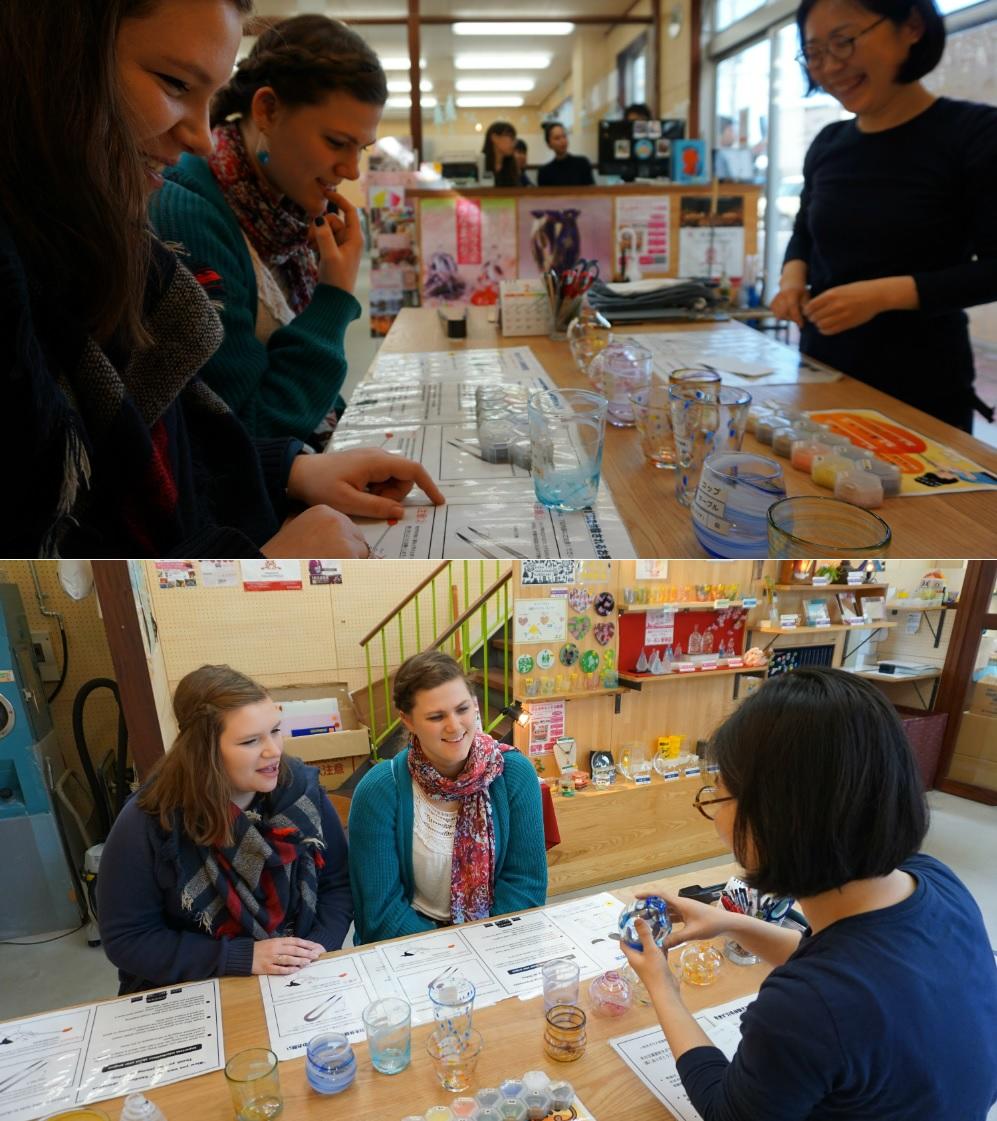
It was really fun though, we got to choose what colors were added to the glass, but we did not get to take it home right away, since it has to cool.
However, the cup arrived in the mail today, and it looks great! I am excited to get to use it!!
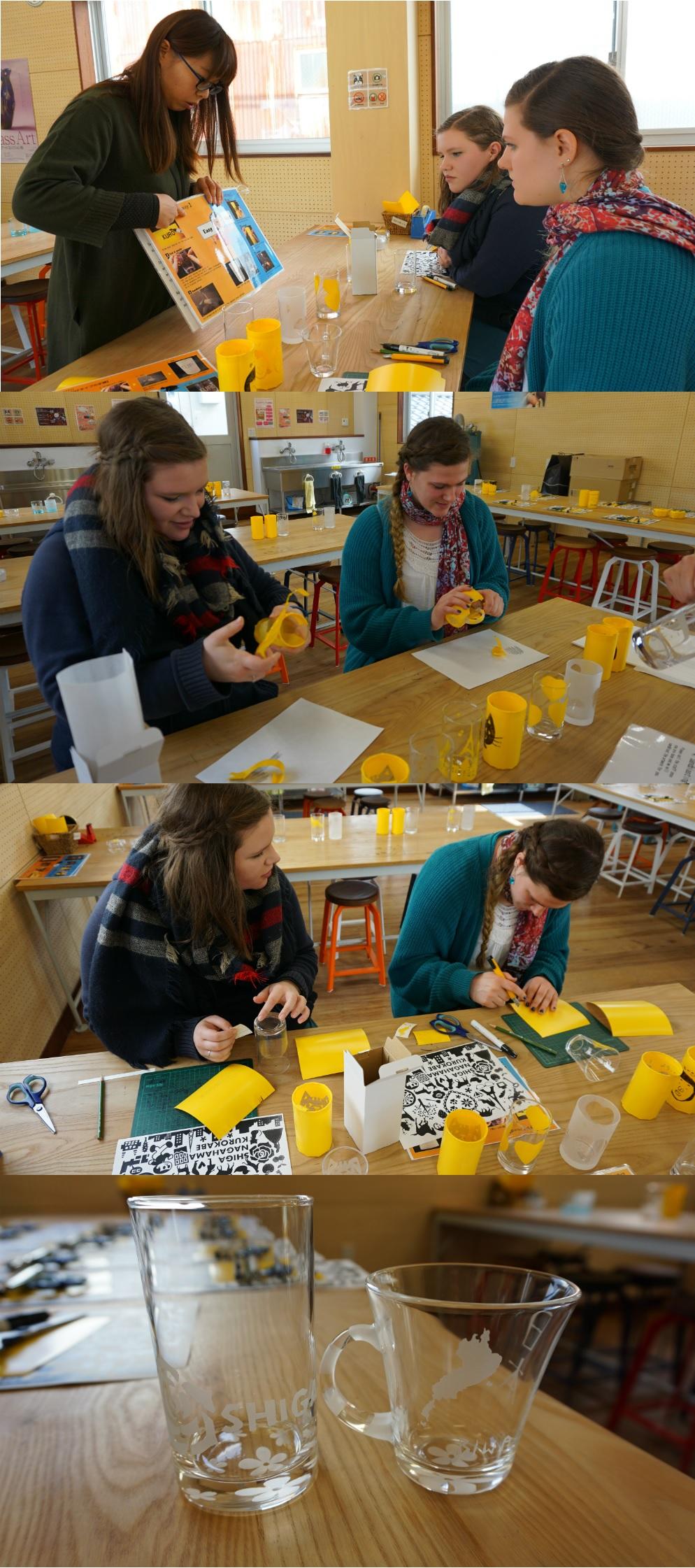
At the same business, you can decorate a cup or plate, and have it sandblasted permanently with a design.
I made mine represent Lake Biwa, and I marked out Hikone and Ootsu in relation to it.
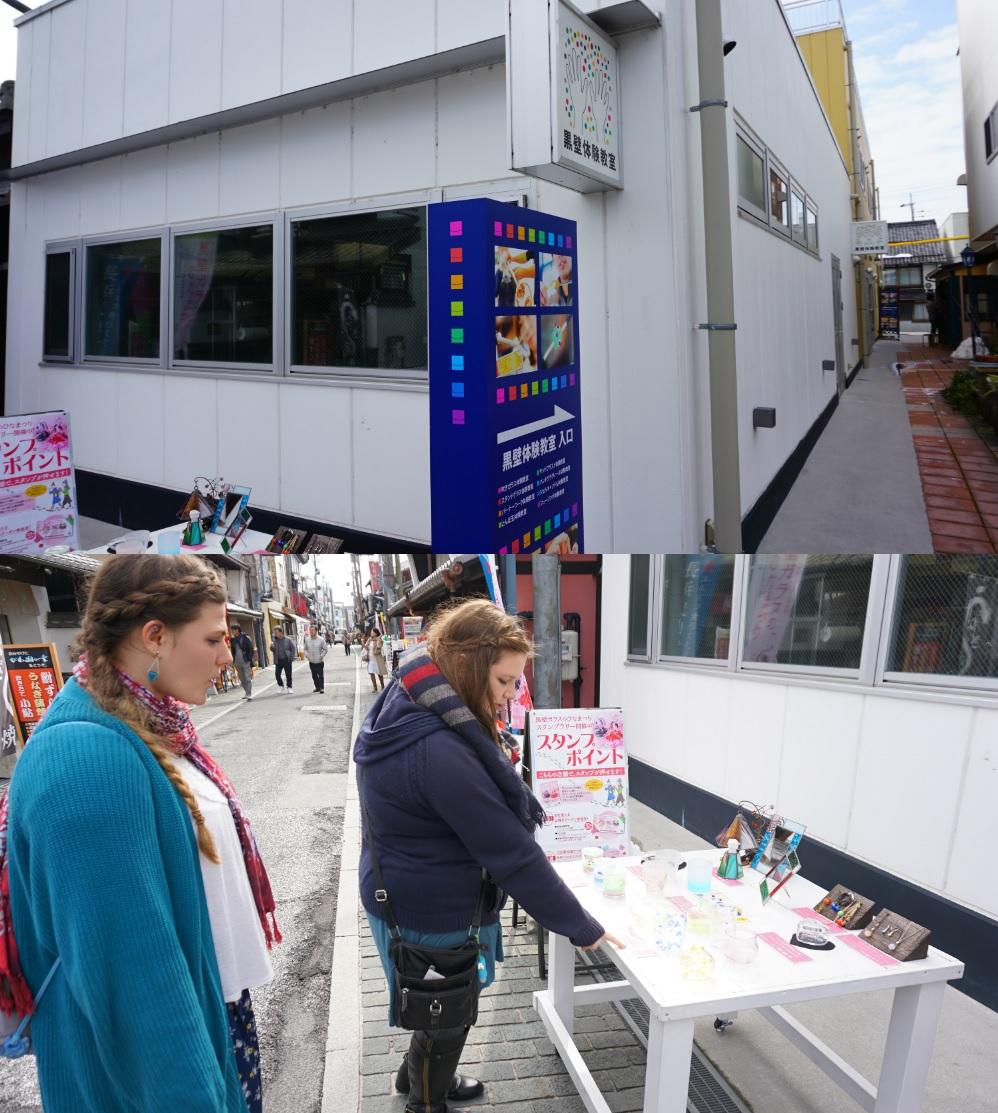
It was really fun, and it is not very expensive (about 15 dollars). I would totally go again; and I would really like to sometime this semester, I highly recommend it.

We got to eat Noppei udon, which features a huge Shitake mushroom in with the noodles.
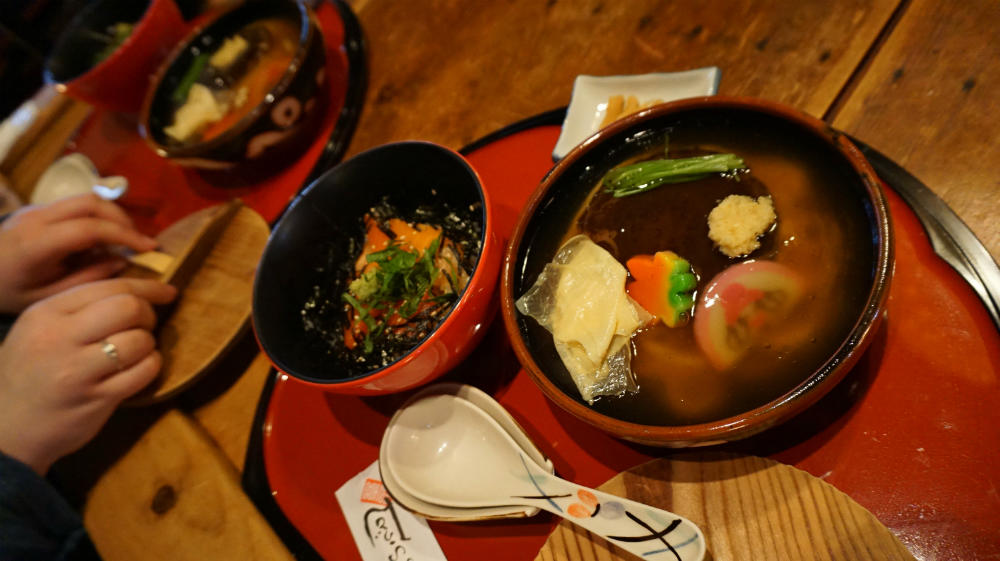
The broth is really thick, almost like thick cornstarch gravy. It was delicious though!
We ordered a lunch that also came with a rice bowl, which had salmon and soy sauce drenched rice, which was also delicious.
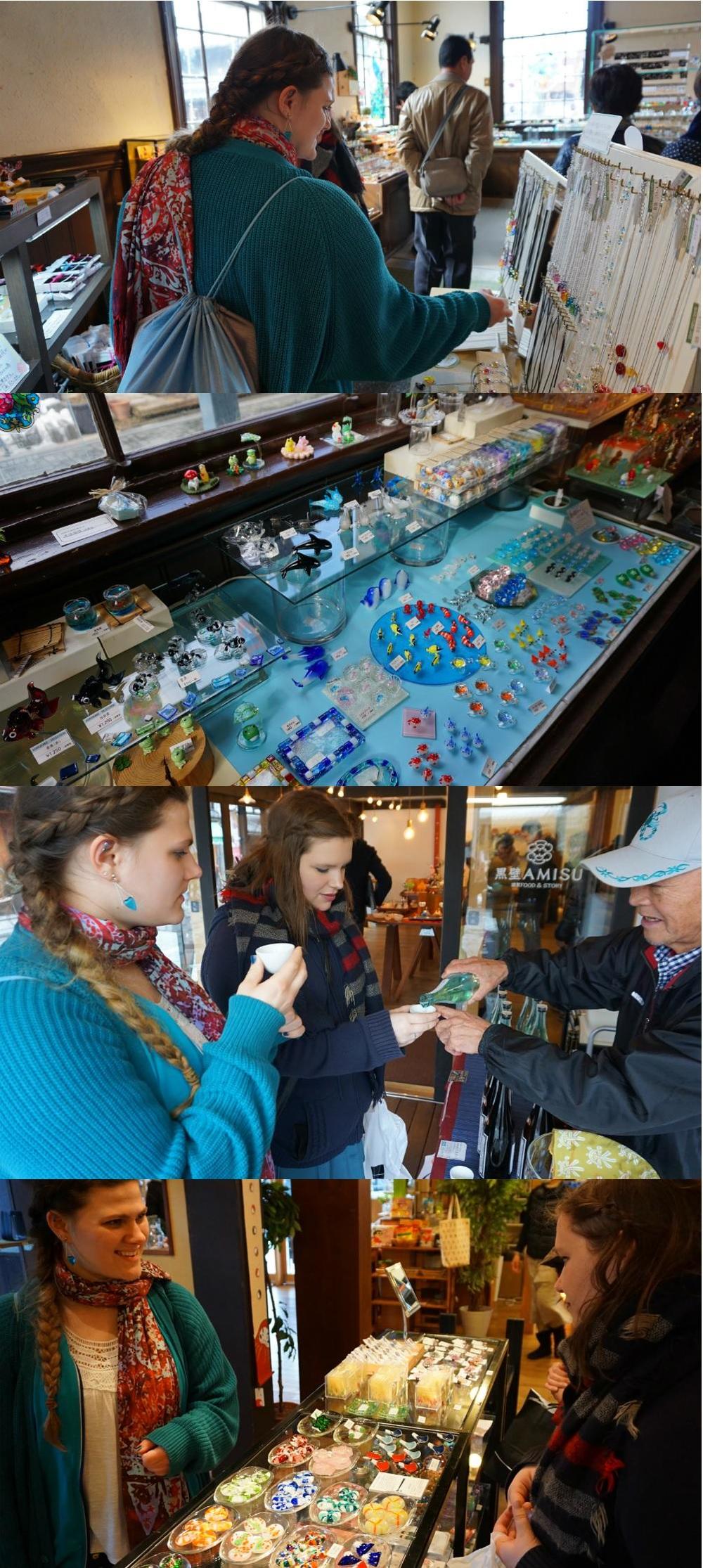
Lunch was really close to Kurokabe Square, a great shopping center with a wide variety of stores in the arcade style mall, as well as many places to buy souvenirs, mostly of glass figures and tableware.
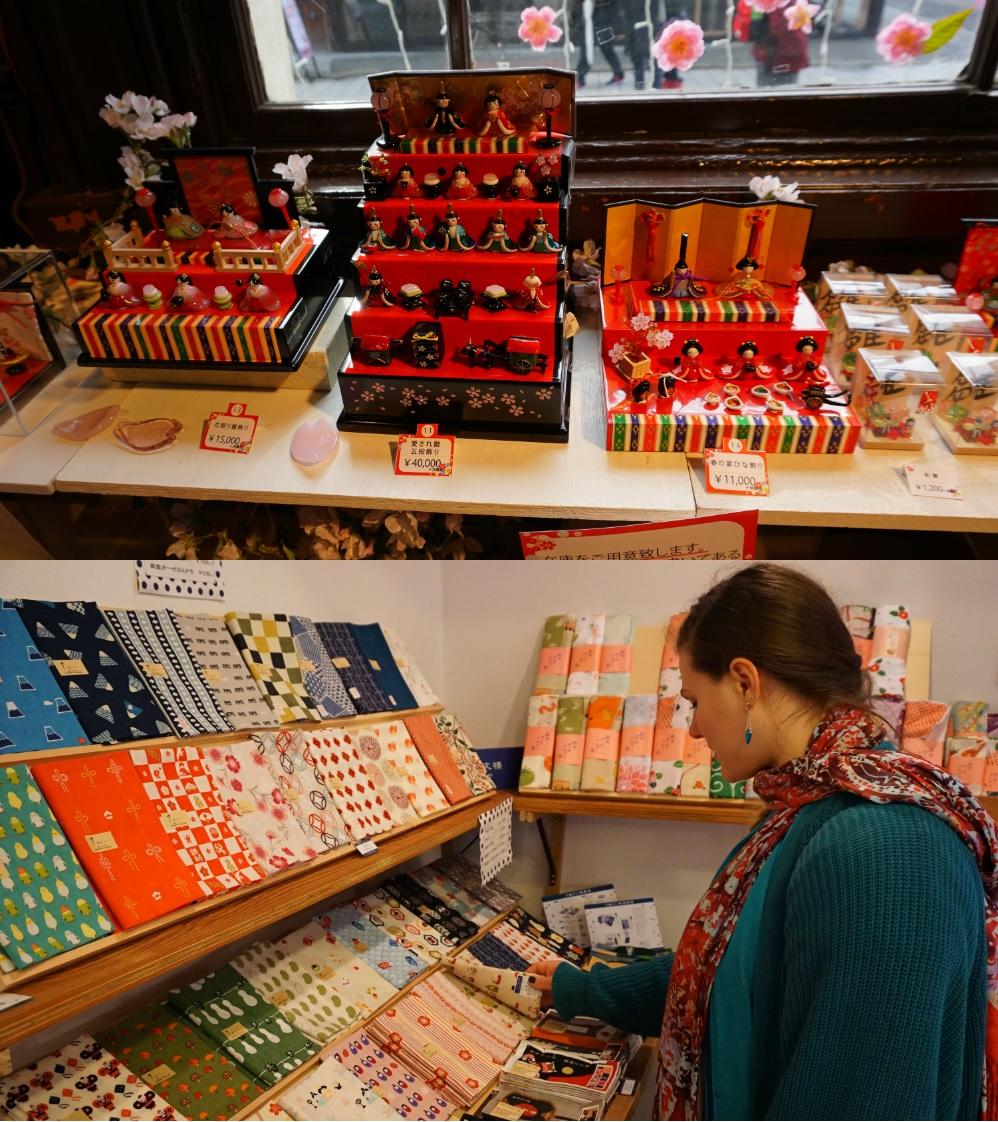
There were at least three really nice stores to buy a wide variety of glass cups, plates, hina masturi (For the national Girls day holiday, displays of Heian era court figures are popular to display) figures, and jewelry.
You can also buy Shiga-prefecture specific food specialties.
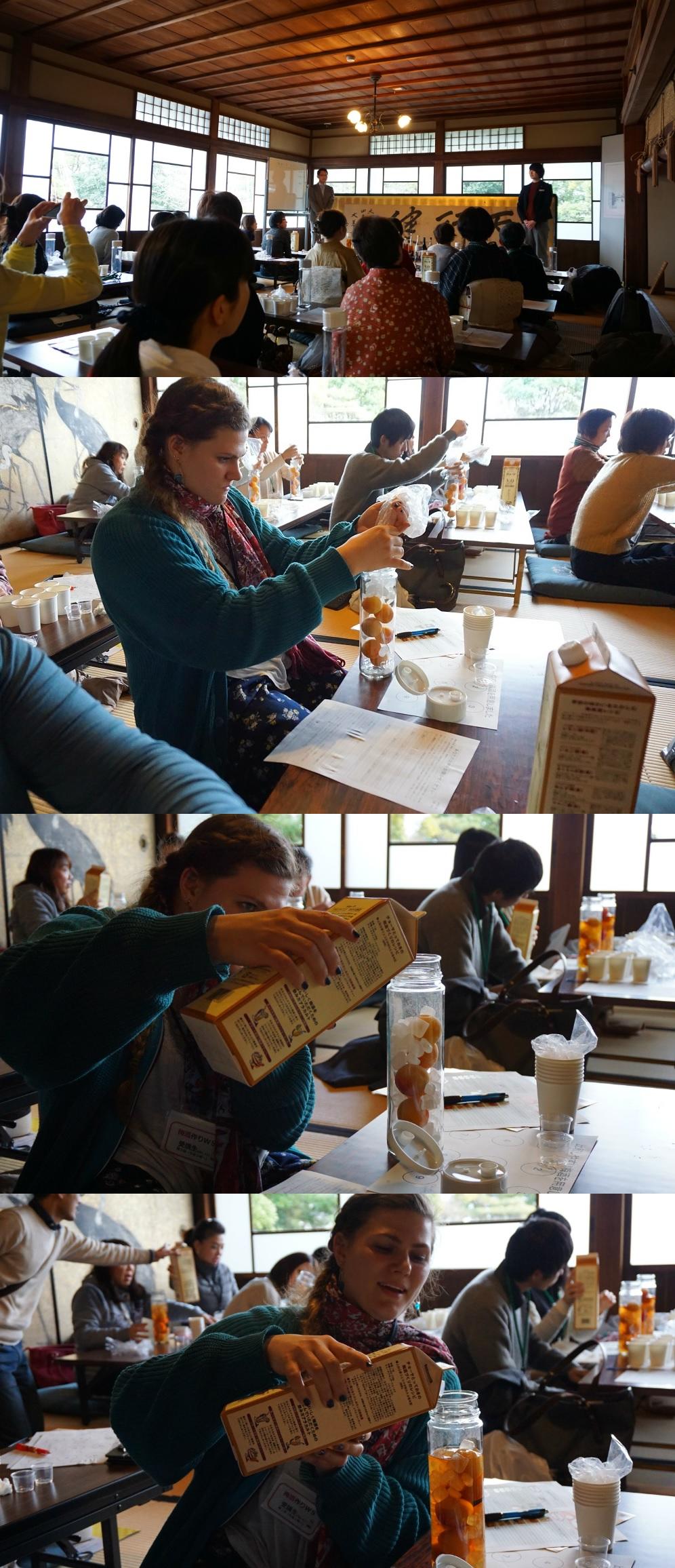
We also made plum sake, which was really fun.
I didn't understand everything that was being said because it was all in Japanese, and since I was tired and it was warm in the room, I almost fell asleep for a minute!
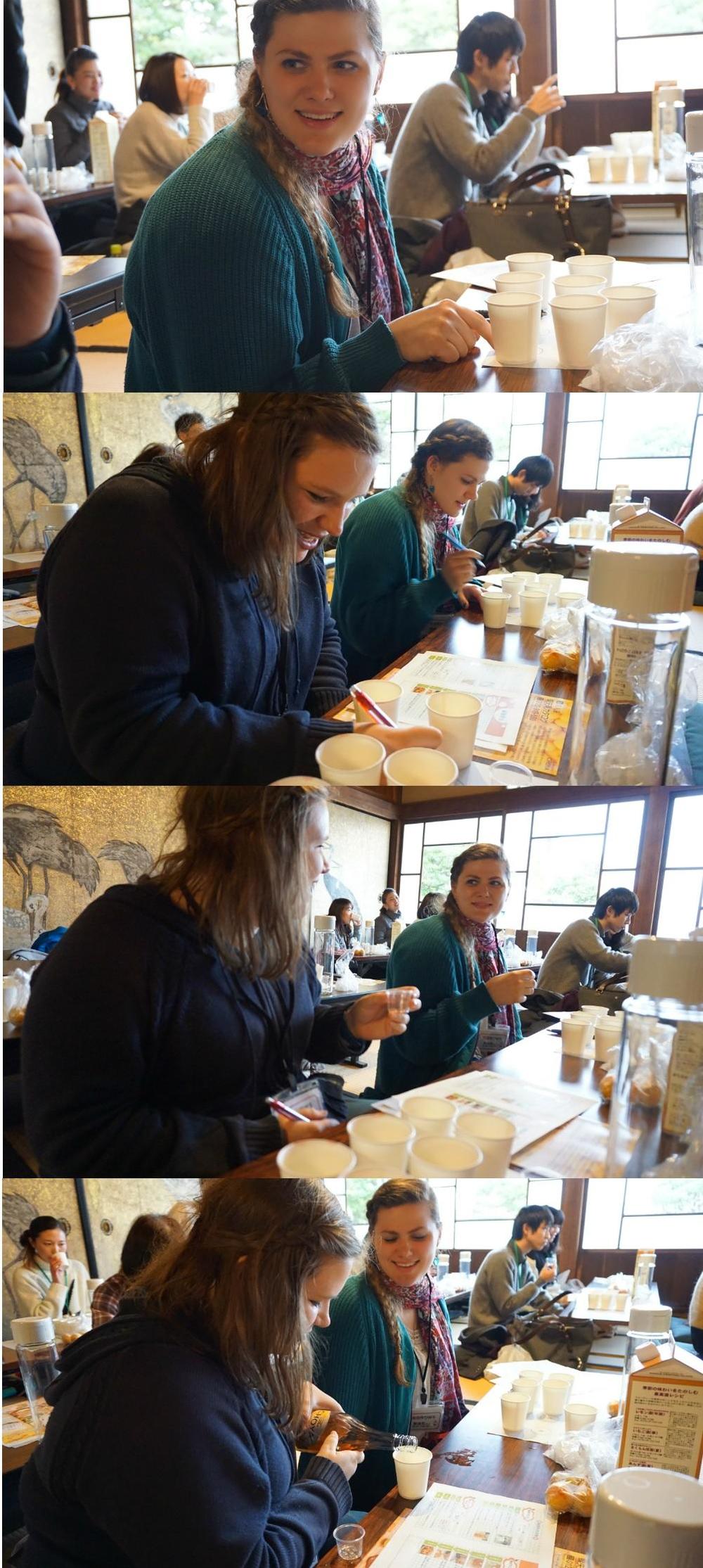
We got to try various umeboshi sake, they were all a lot sweeter than I expected, but I definitely want to try to buy some and bring it home to share.
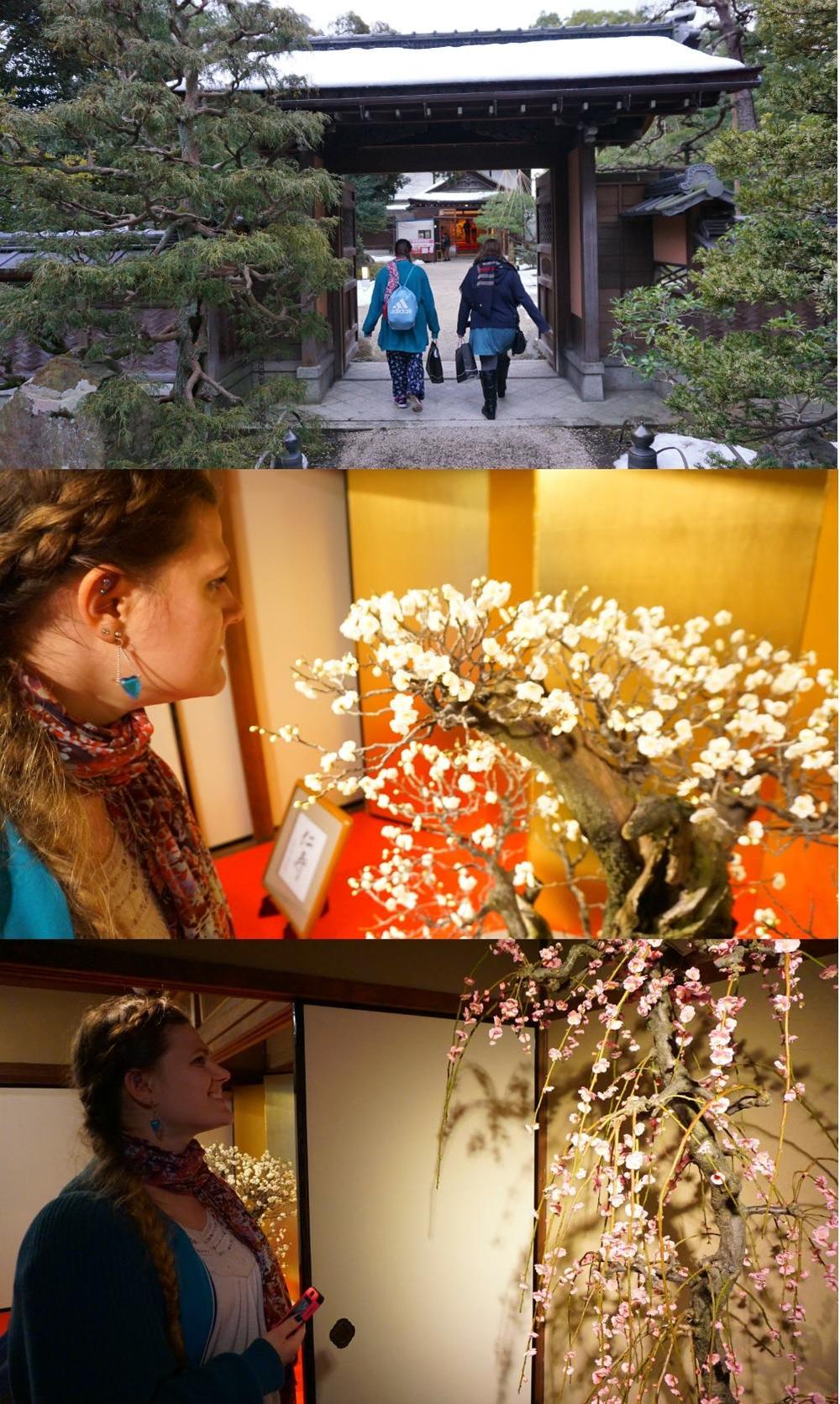
I had been to the bonbai exhibit once already, (like bonsai trees, but blooming plum trees instead)
but this time we went closer to sundown, and we got to see all the special lights on both inside and outside the exhibit, it was really pretty at night.
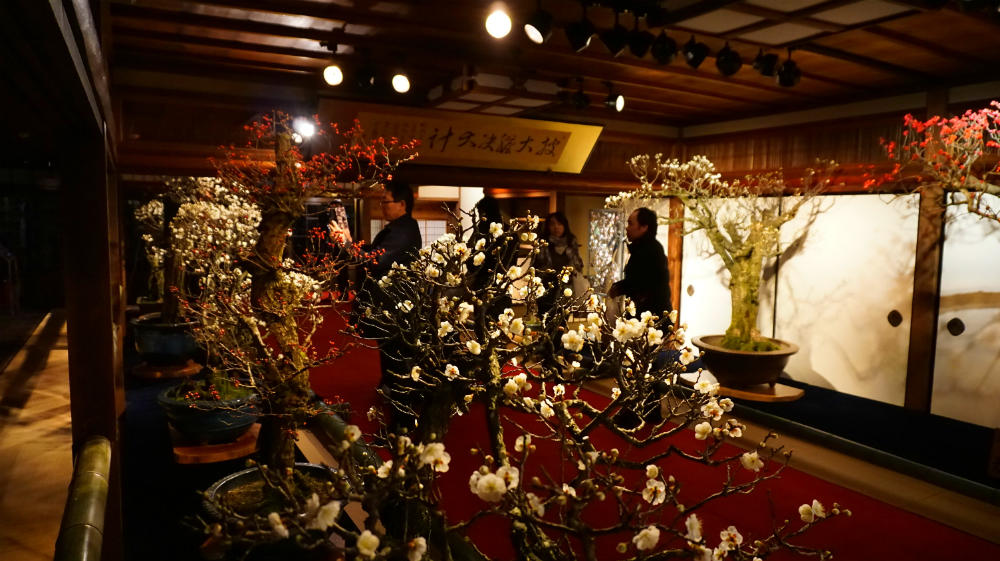
so,when we went to the bonbai exhibit, it was nearing dusk, and we excited to se the light-up of the exterior garden that wold happen after dark.
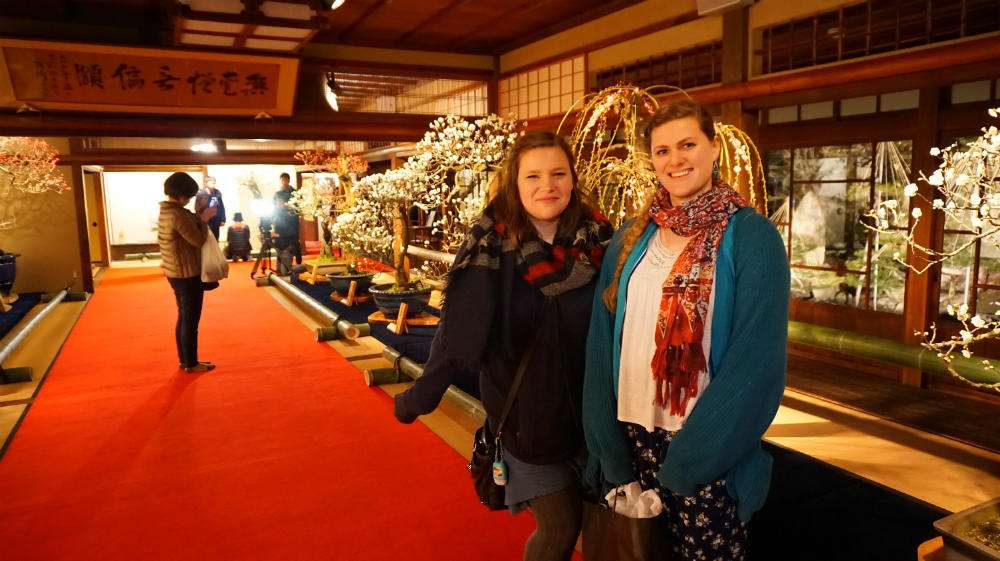
Even through I had been there once before, it was during the day, so we missed the light-up part of the exhibit. The plum trees themselves were rather amazing,some are nearly 400 years old!
They are given constant attention and pruning from their caretakers, and only the best are selected to be displayed in the exhibit.
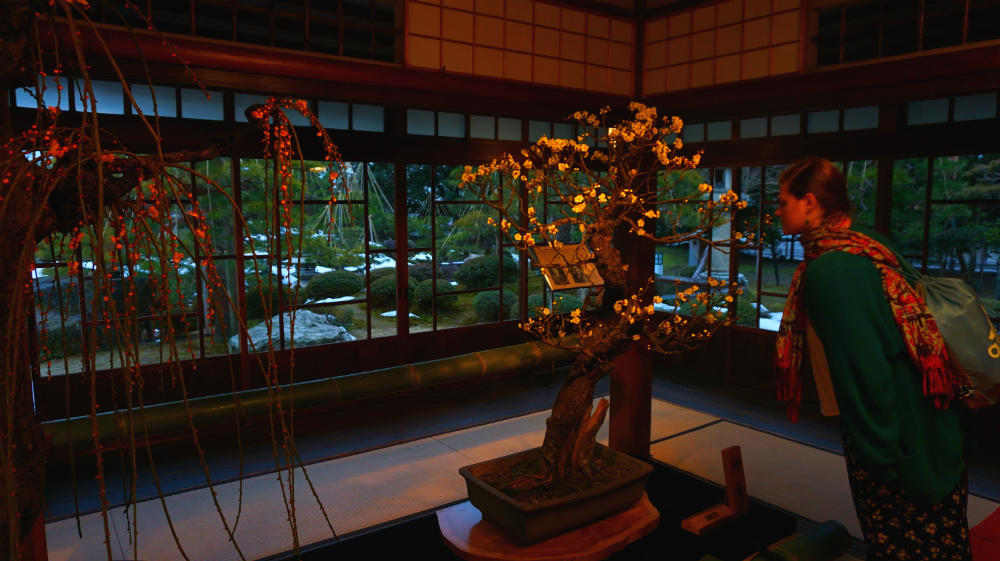
One of the great parts of the exhibit is the interaction you can have with the flower blooms, you can lean over and smellthe blooms, and they sure do smell good!
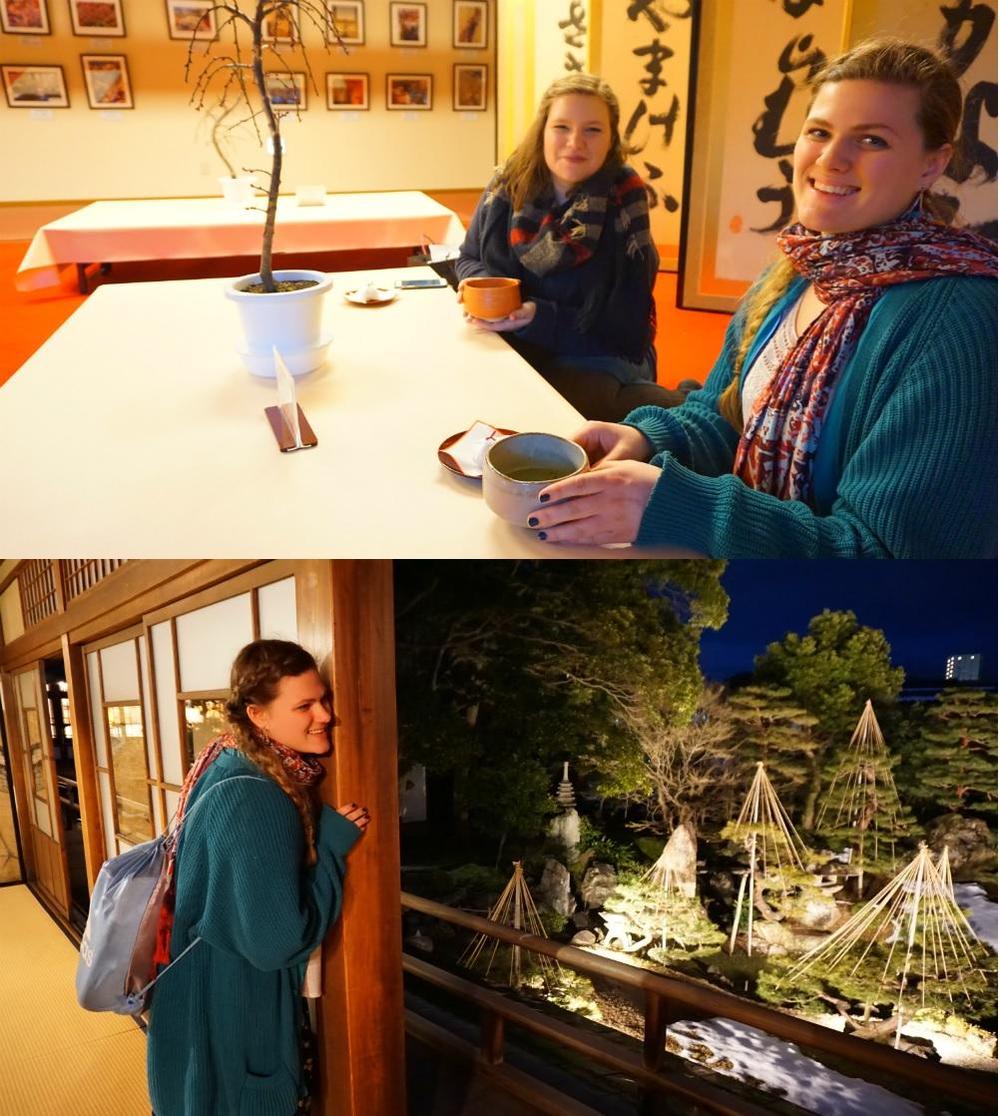
There are two floors of the exhibit, and the upstairs has a little place where you can sit down and have tea and light snacks. I had matcha tea, and a small sweet, and as we were drinking and eating, we could look out the window as the lights were turned on out in the garden. There is also a really nice gift store on the way to exit the exhibit, you can get a variety of sweets, teas, and other local food products.
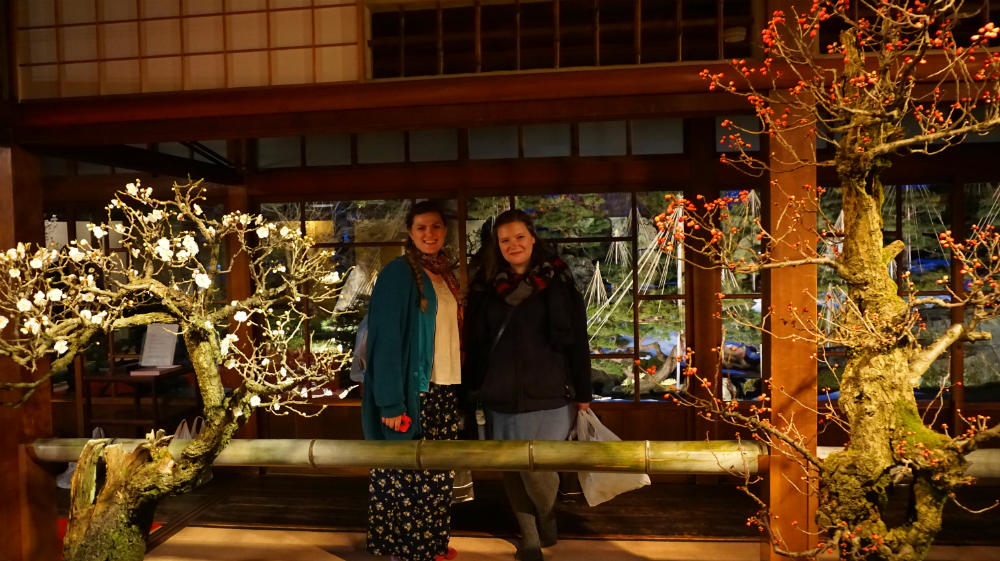
It was a really fun exhibition, it would recommend it to anyone.
 Lake Biwa is surrounded by mountains and is known as one of the ancient lakes of the World, It's unique geographic character makes the local weather and water ideal for sake brewing and rice cultivation.
Lake Biwa is surrounded by mountains and is known as one of the ancient lakes of the World, It's unique geographic character makes the local weather and water ideal for sake brewing and rice cultivation.



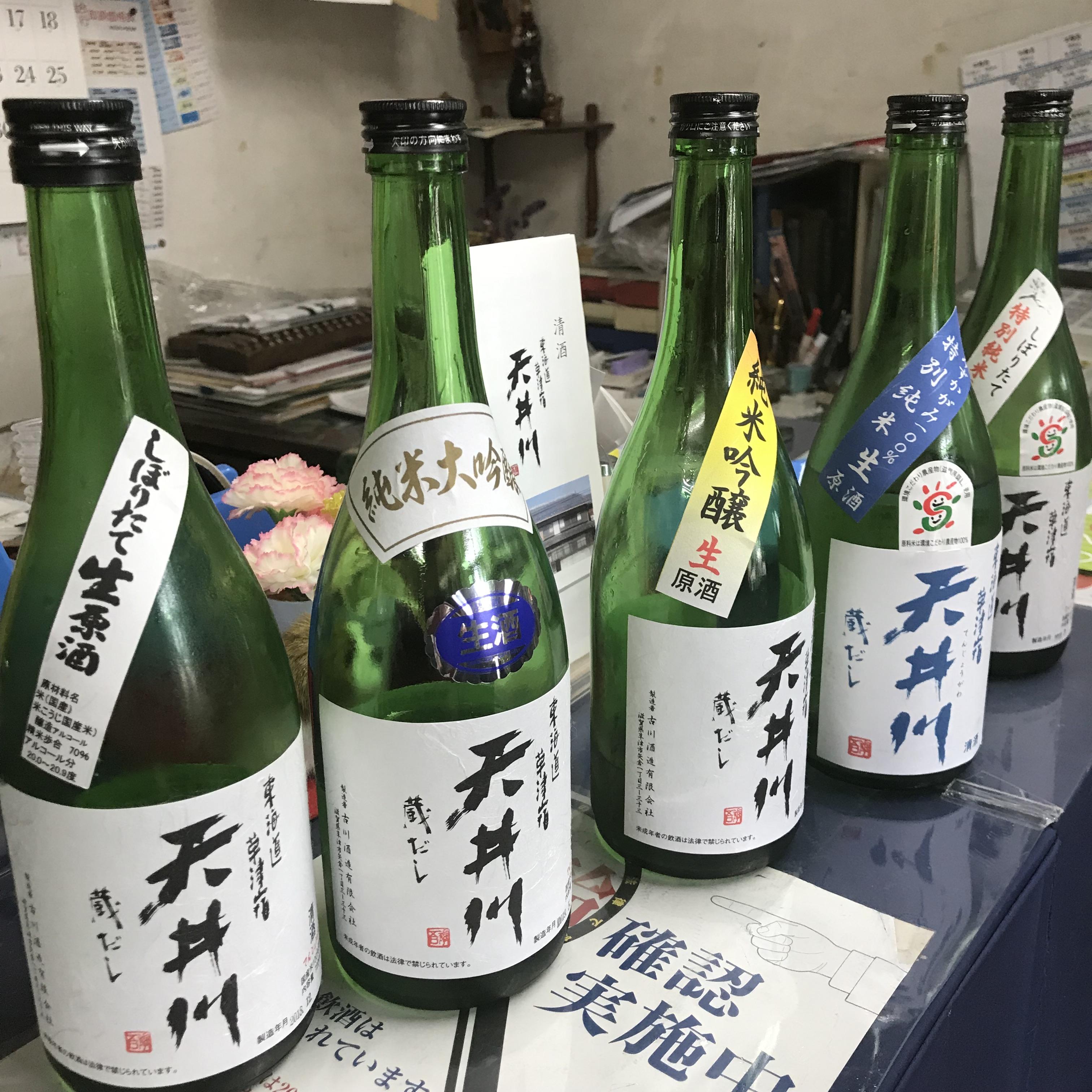
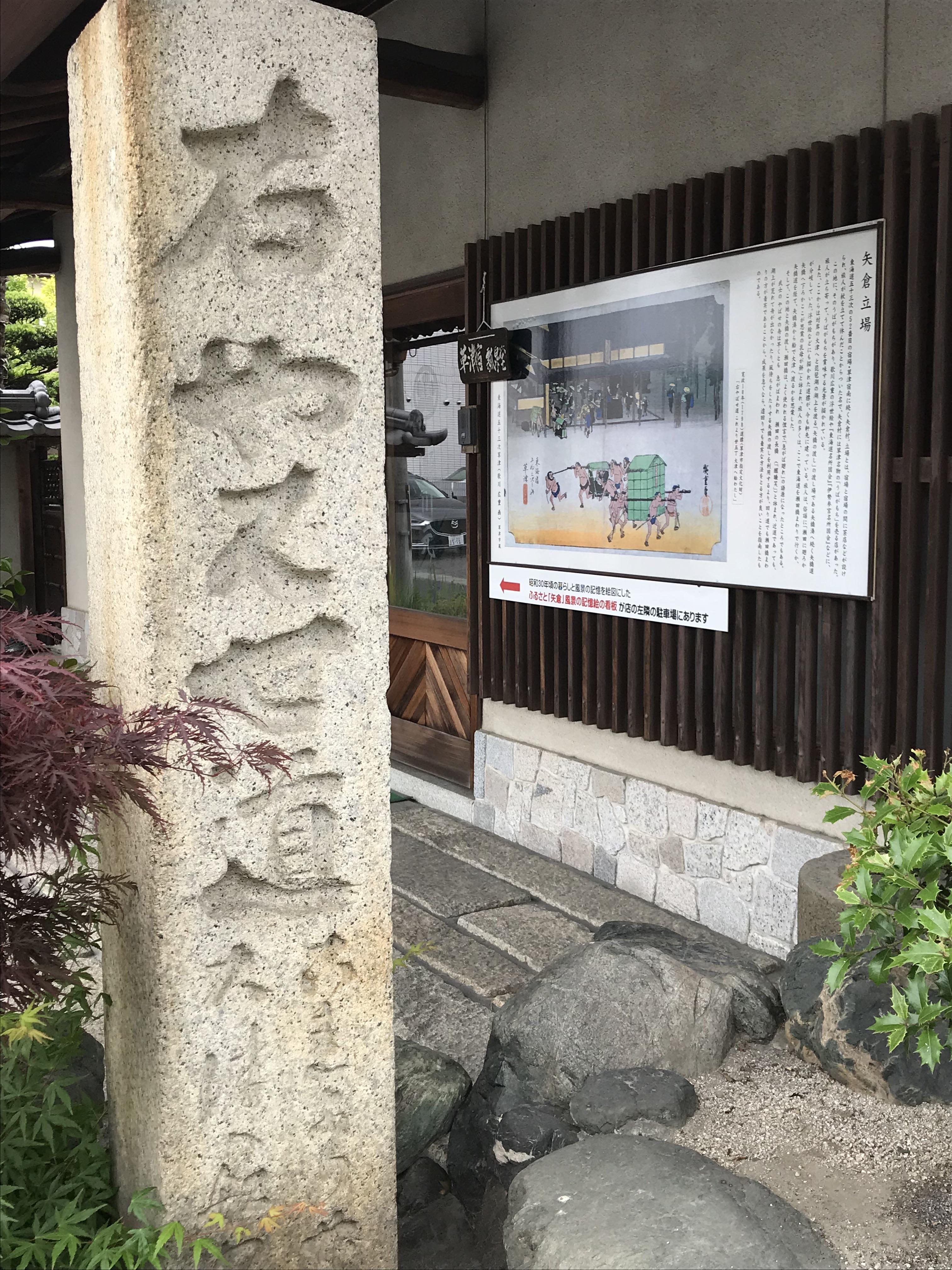

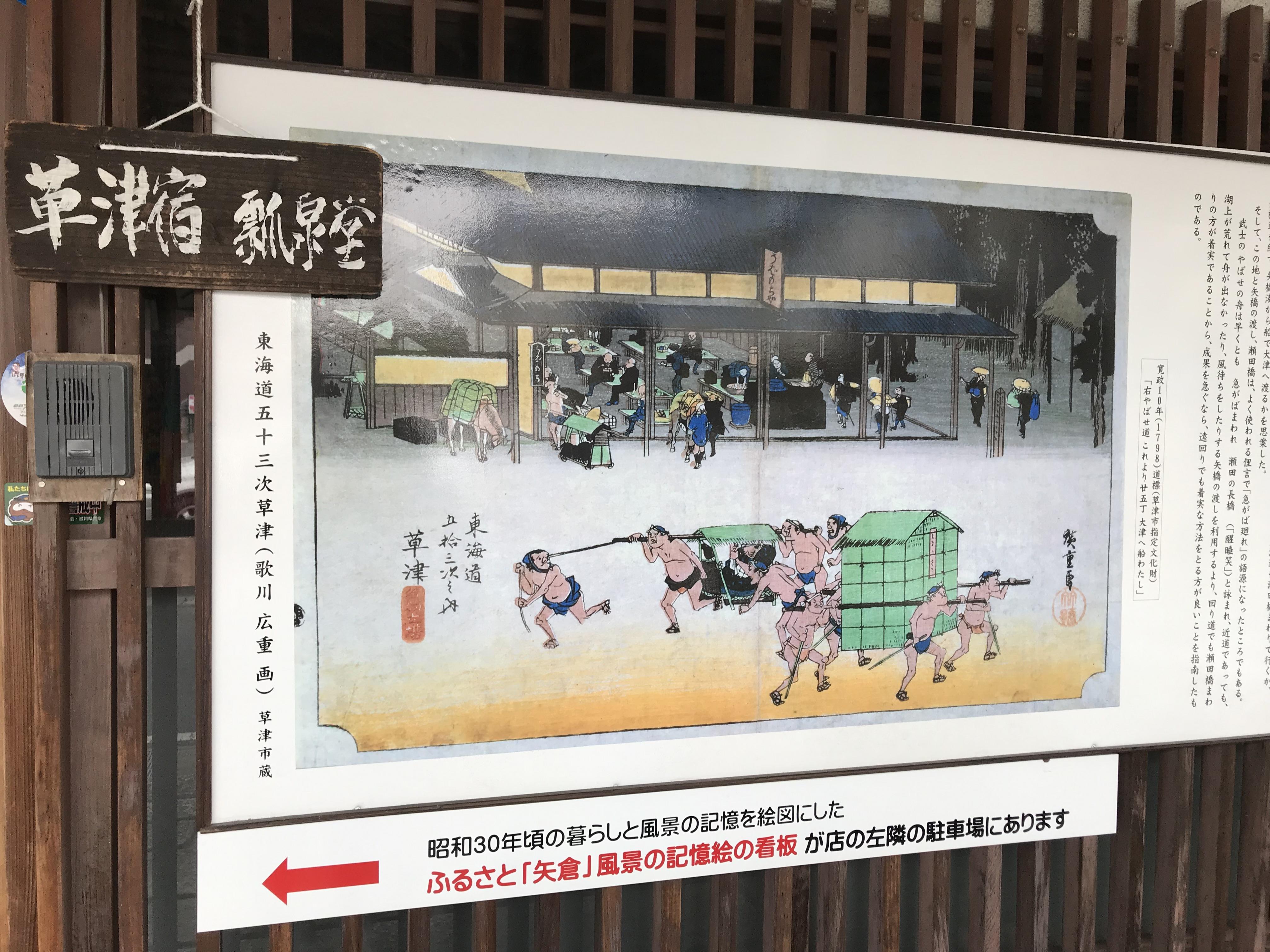
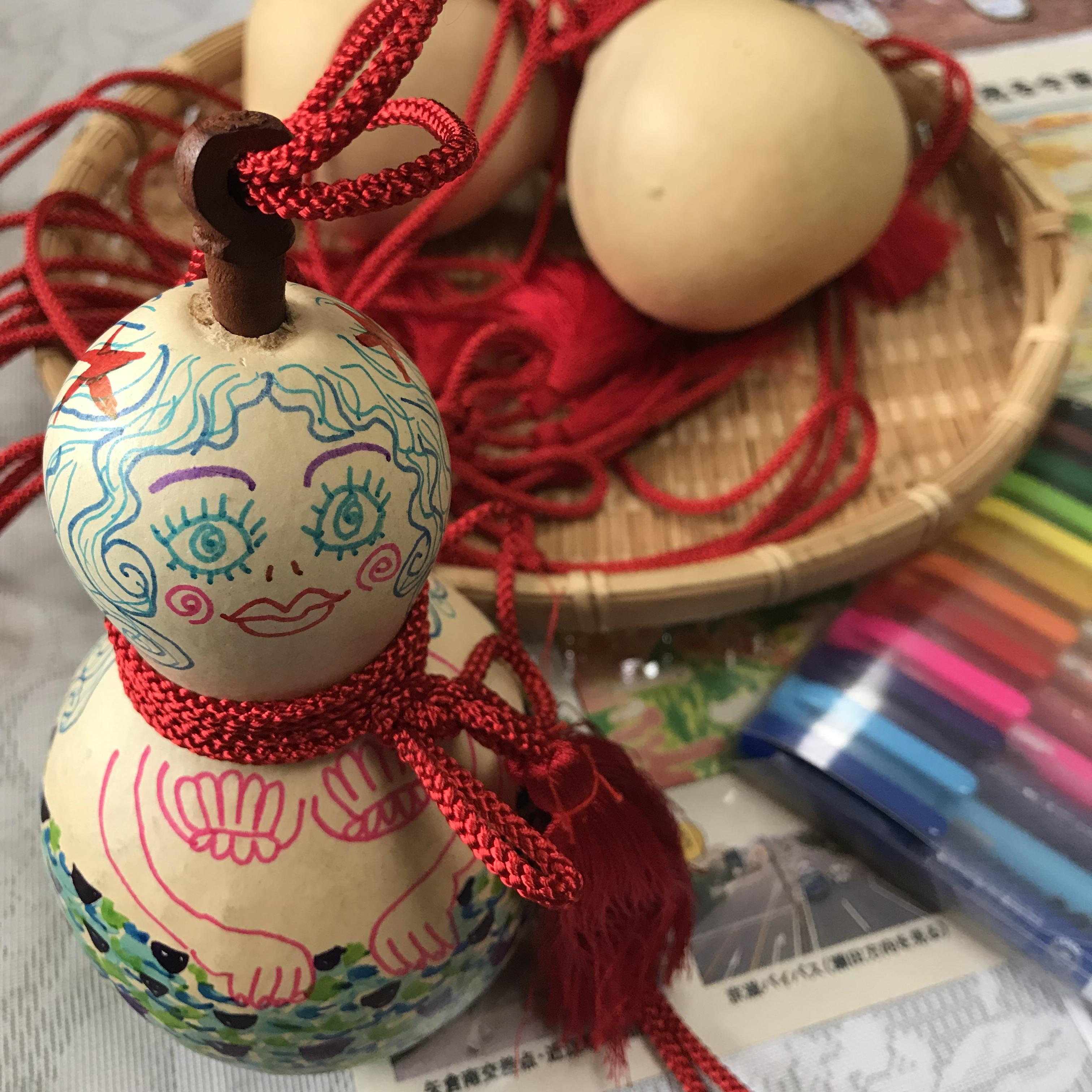






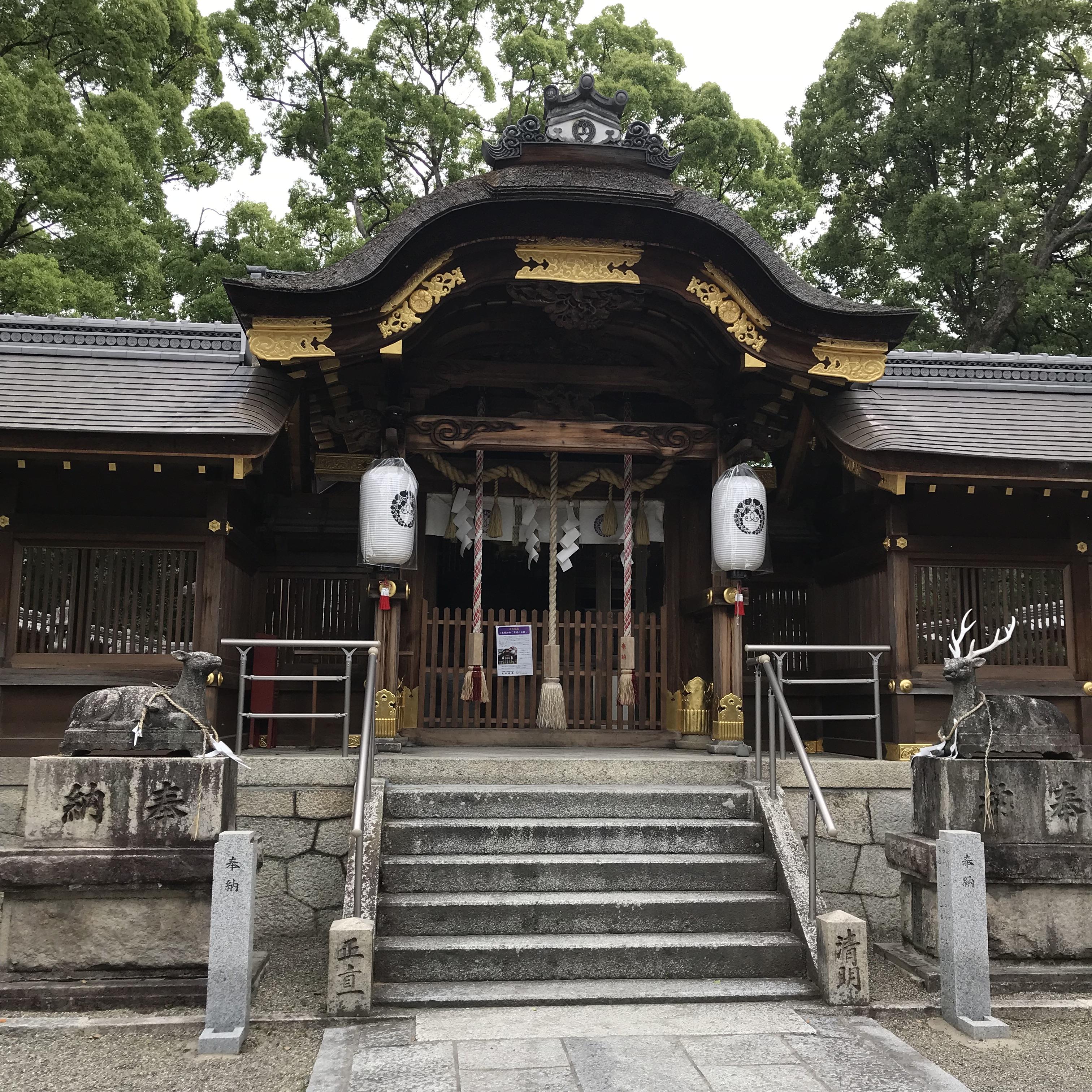
 C'est ainsi que notre journée se termine, dans cette petite enclave de nature.
C'est ainsi que notre journée se termine, dans cette petite enclave de nature. 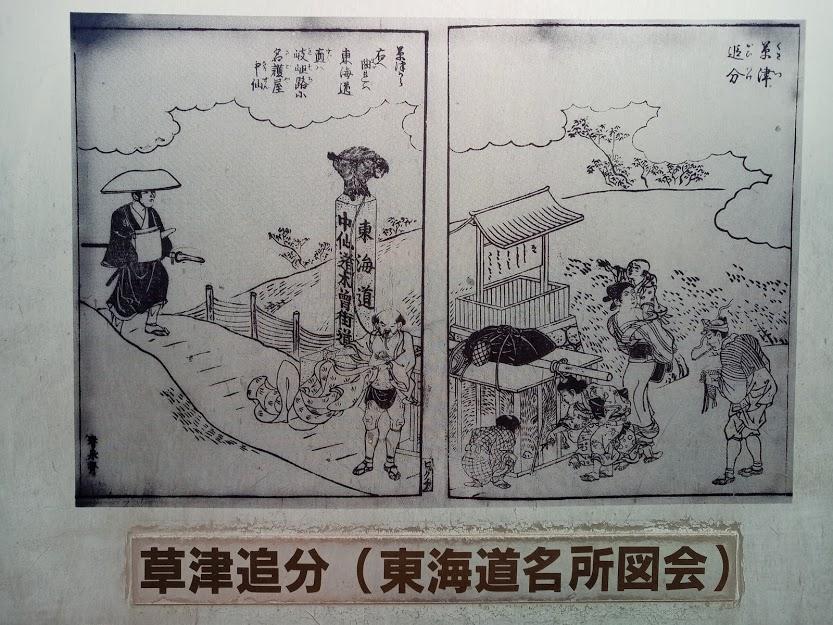
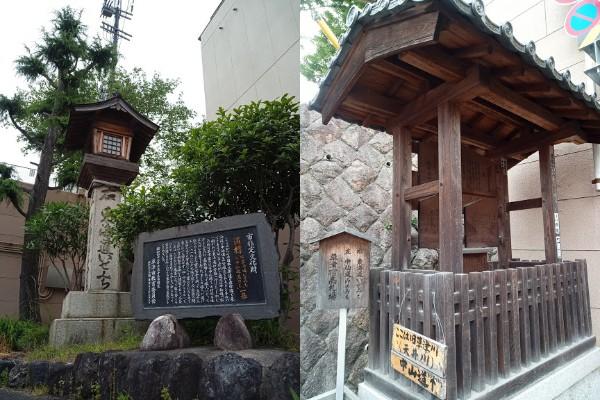
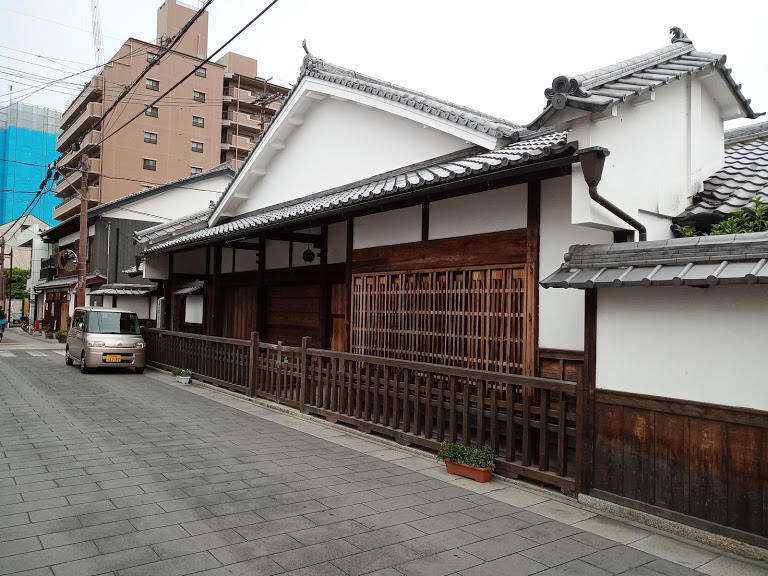
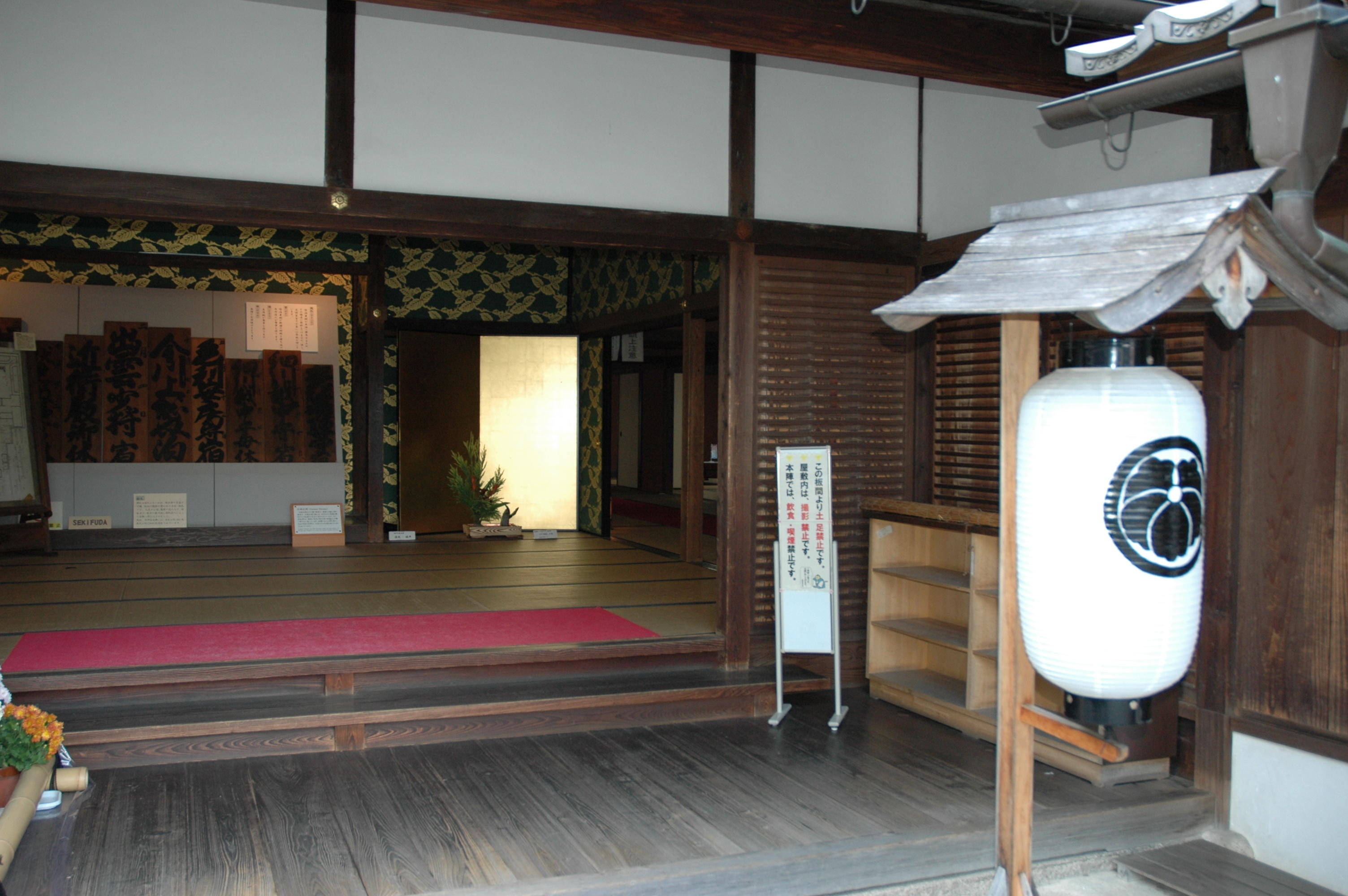
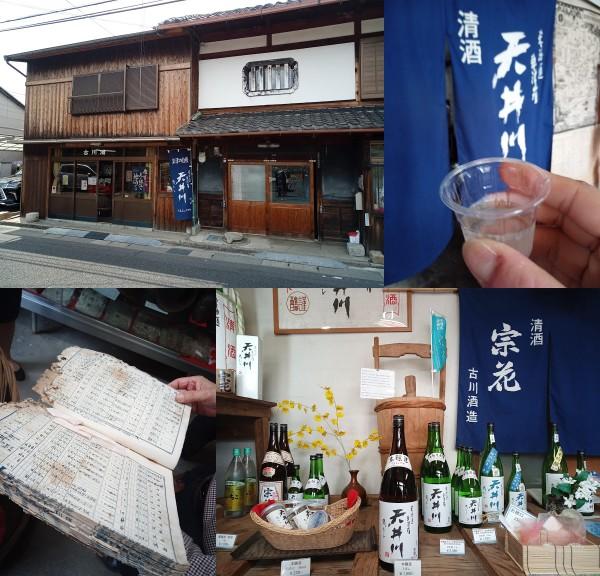 Just second minutes walk from Furukawa Sake Brewery, you can see the sign board picture by Hiroshige Utagawa.
Just second minutes walk from Furukawa Sake Brewery, you can see the sign board picture by Hiroshige Utagawa.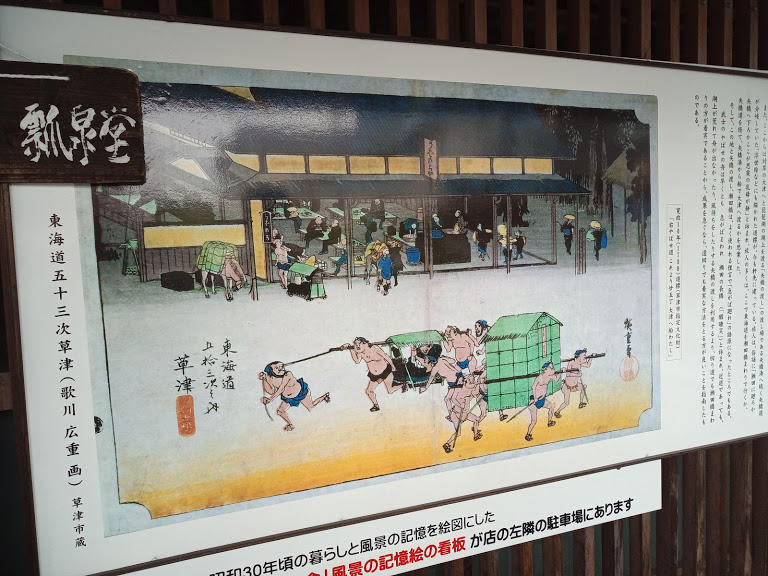 Thsi building was a Japanese sweets shop and now Hyosendo's office, Hyosendo is selling Hyotan (Gourd) and it used to water bottle when people walking Nakasendo / Tokaido.
Thsi building was a Japanese sweets shop and now Hyosendo's office, Hyosendo is selling Hyotan (Gourd) and it used to water bottle when people walking Nakasendo / Tokaido. In Spring time, there is a festival called Kusatsu Shukuba Matsuri.
In Spring time, there is a festival called Kusatsu Shukuba Matsuri. 